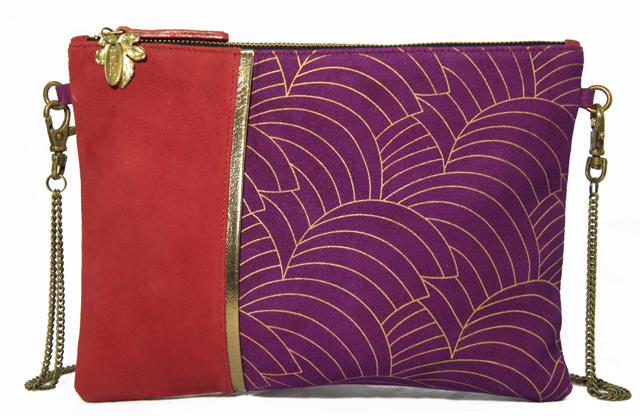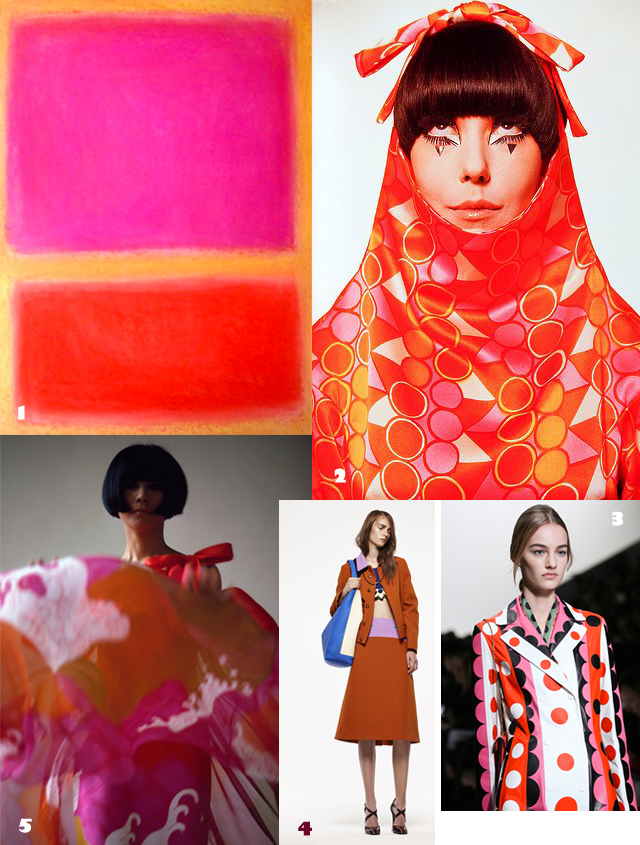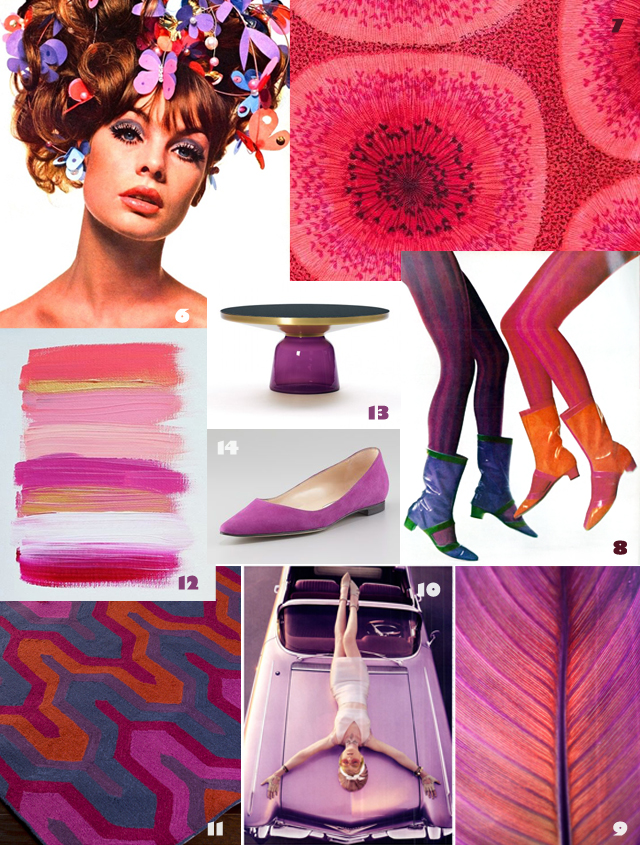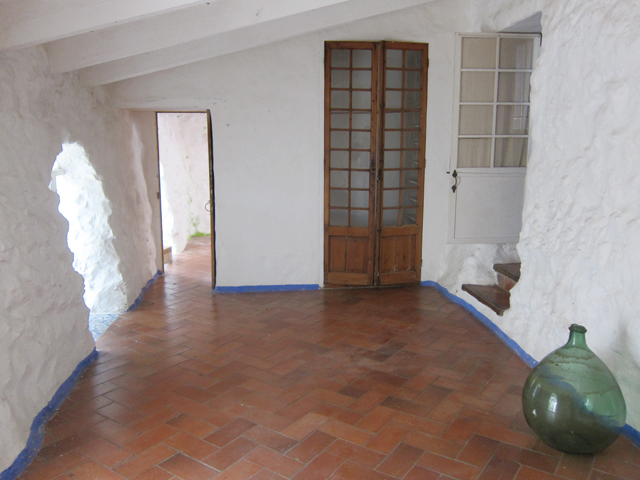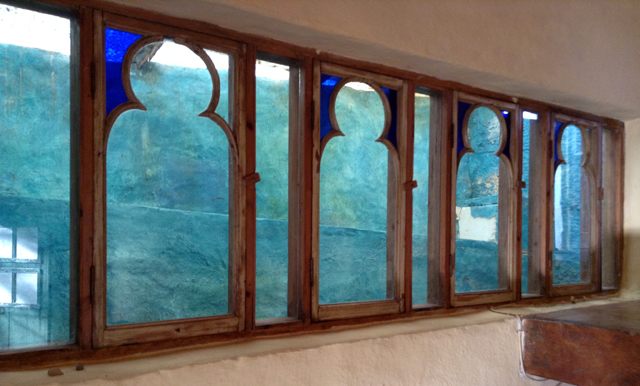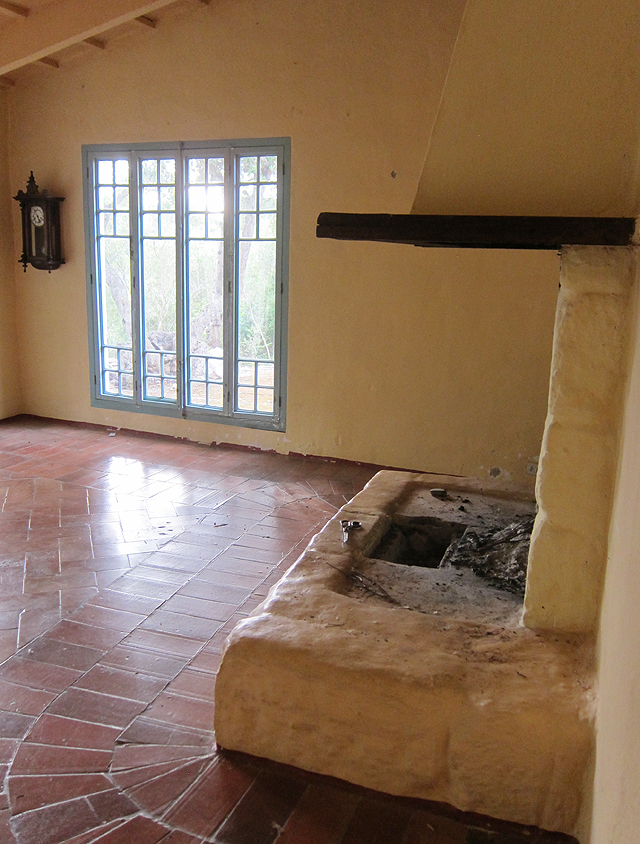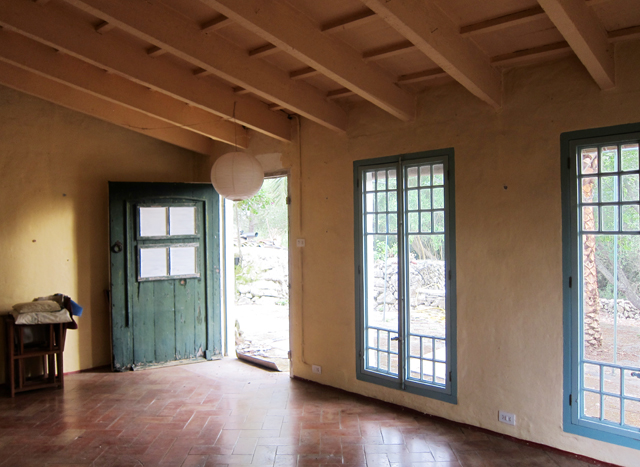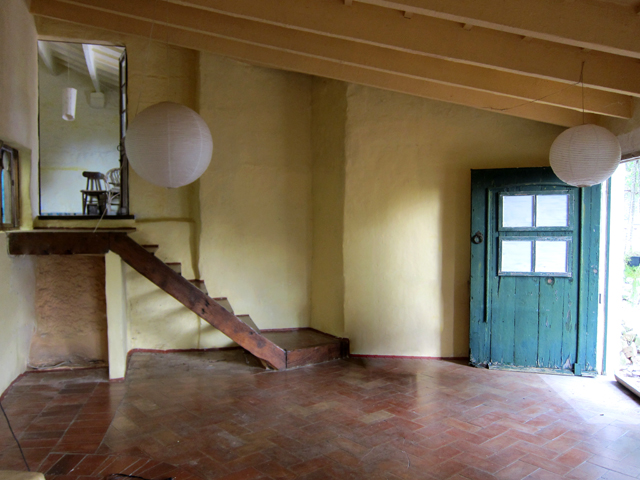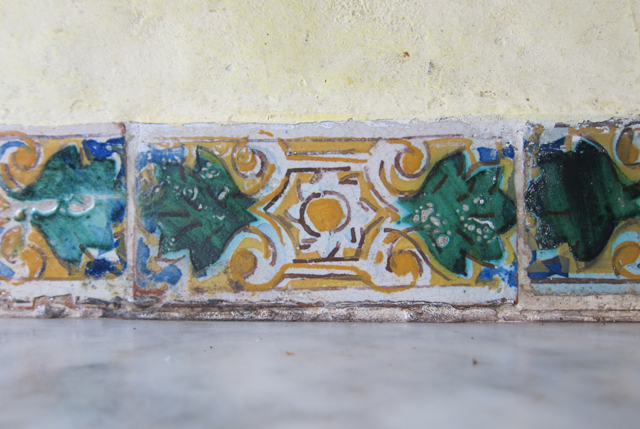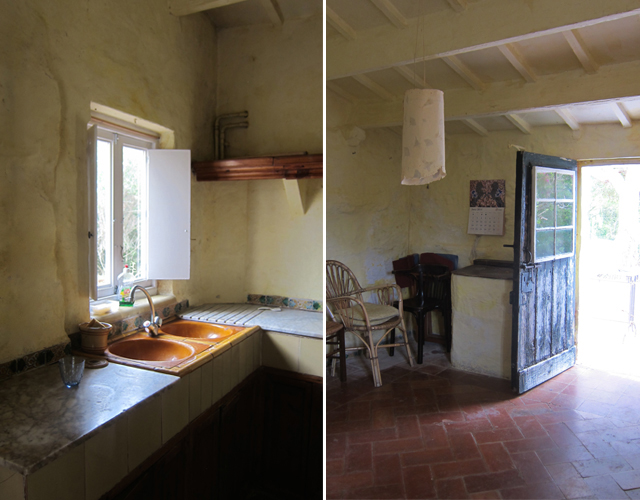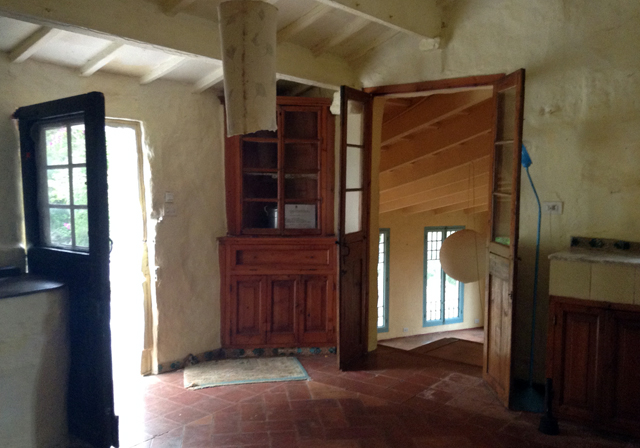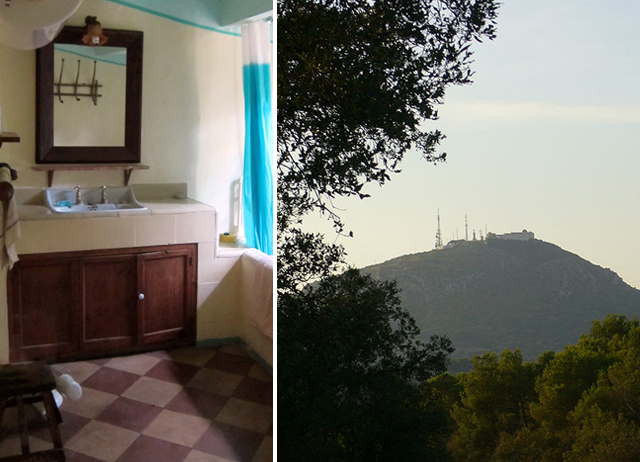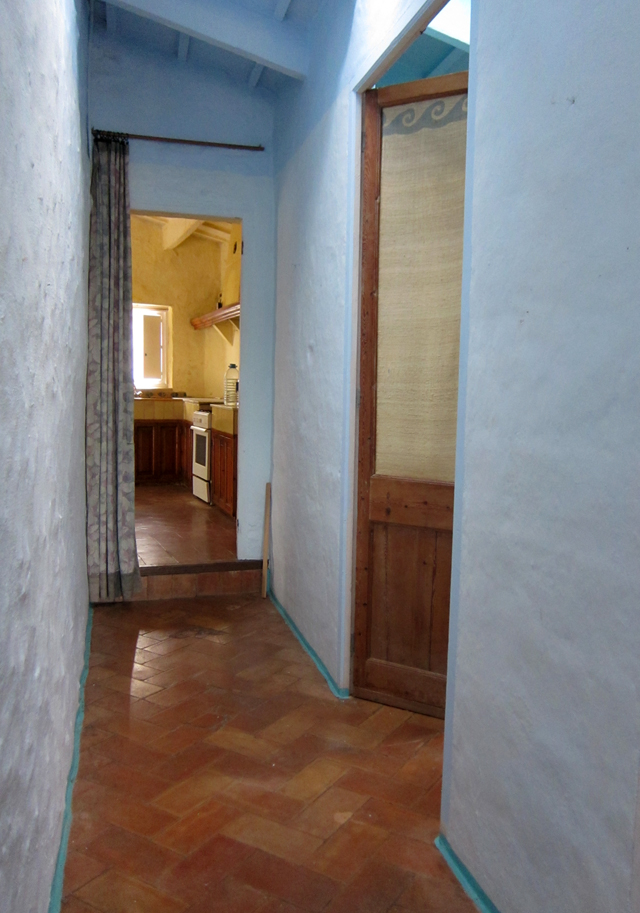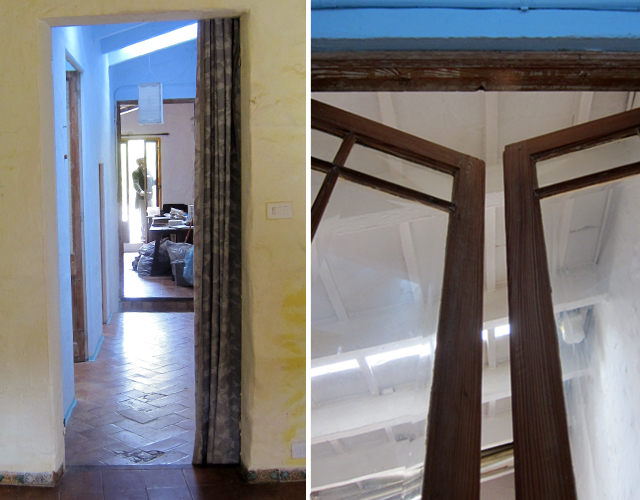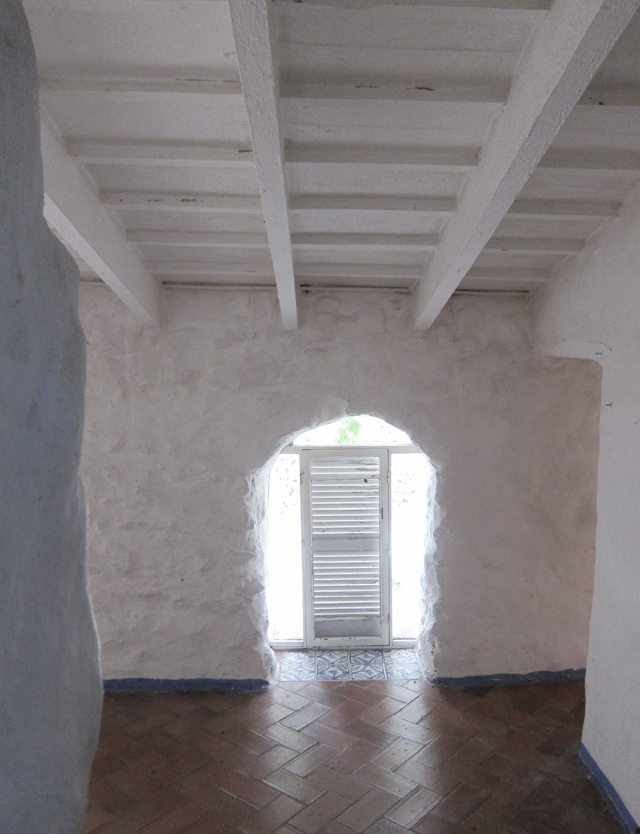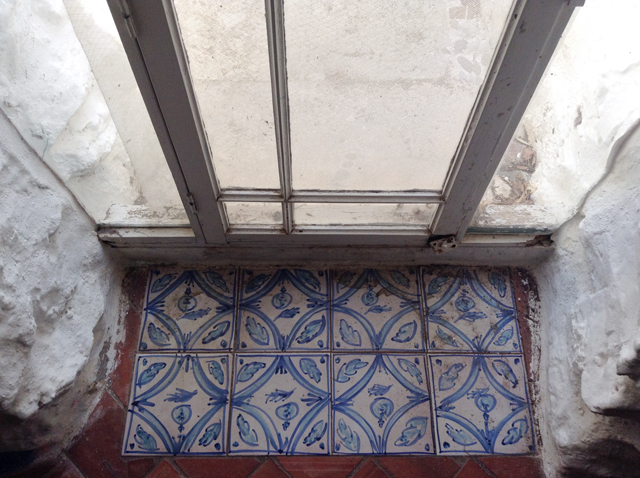Summer is the time of palm trees, cool blue waters, and the no-makeup makeup look. When it comes to effortless summer beauty, a good eyebrow and a simple bag can make your look. At ONA VILLIER we have compiled a list of 7 incredible summer beauty and fragrance products and expertly paired them each with a matching bag.
Glossier Boy Brow VIBE: Structured

Matching bag: Bonet in Indigo—cool, yet expensive
The Glossier Boy Brow has quickly become a cult favorite since it was released, and it deserves its holy grail status because it’s truly a one stop shop for groomed (or messy) brows. Sweep this product across your brows in upward motions to fluff and sculpt.
Dior Lip Glow Reviver Balm VIBE: Ethereal

Matching bag: Pompeii crossbody—light and aery
The Lip Glow Reviver Balm from Dior is not only a hydrating balm, but it is formulated with color reviving technology, making the most dull lips look vibrant. This balm gives a sheer, pink glow to the lips giving your entire look an ethereal summer glow.
Diptyque Roses Room Spray VIBE: Romantic

Matching bag: Atlas Messenger—Romantic and deep
Diptyque describes their Roses Room Spray as smelling like a “tender, freshly picked bouquet” that “pays homage to the queen of flowers.” Roses can take on a new vibe during each season of the year, and summer is a particularly romantic time to use the intoxicating scent of rose.
Glockengasse No. 4711 VIBE: Enchanting

Matching bag: Gotica Tote—Enchanting and complex
4711 is a traditional German fragrance that people have been obsessing over for more than 200 years. The notes include orange oil, peach, lemon, jasmine and tahitian vetiver, making 4711 a perfect choice for a summer fragrance. Citrus gives it brightness, while the deeper bottom notes ground this complex and iconic scent.
Sephora Cheek Ink Gel
VIBE: Bright

Sarria bag—structured, clean, yet undone.
The Sephora Cheek Ink Gel is a long-lasting (and underrated) blush that goes on as a gel and acts like a stain on the cheeks. The shade Water Lily is a bright pink that keeps its depth even as you sheer it out onto your skin. The shade is also more of a cool tone which instantly brightens your face. Apply a tiny drop of product onto a dense buffing brush and apply in circular motions onto the cheeks, starting at the hairline and moving towards the apples.
Glossier Concealer
VIBE: Effortless

Matching bag: Alhambra Foldover—Effortlessly beautiful
The Glossier stretch concealer is a holy grail for coverage. According to Glossier this product contains healthy oils and microwaxes that move with your skin. This concealer truly has the ability to look just like skin, which makes it perfect for summer when you just need to cover a few blemishes or discoloration without putting a layer of foundation all over your face.
Check out these bags (and more!) on the ONA VILLIER website.



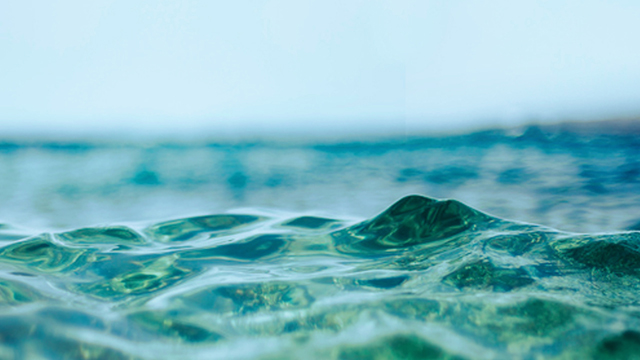
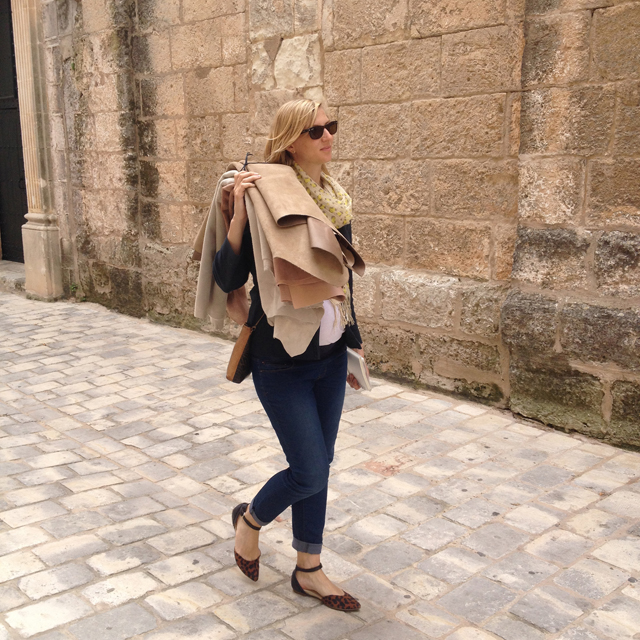

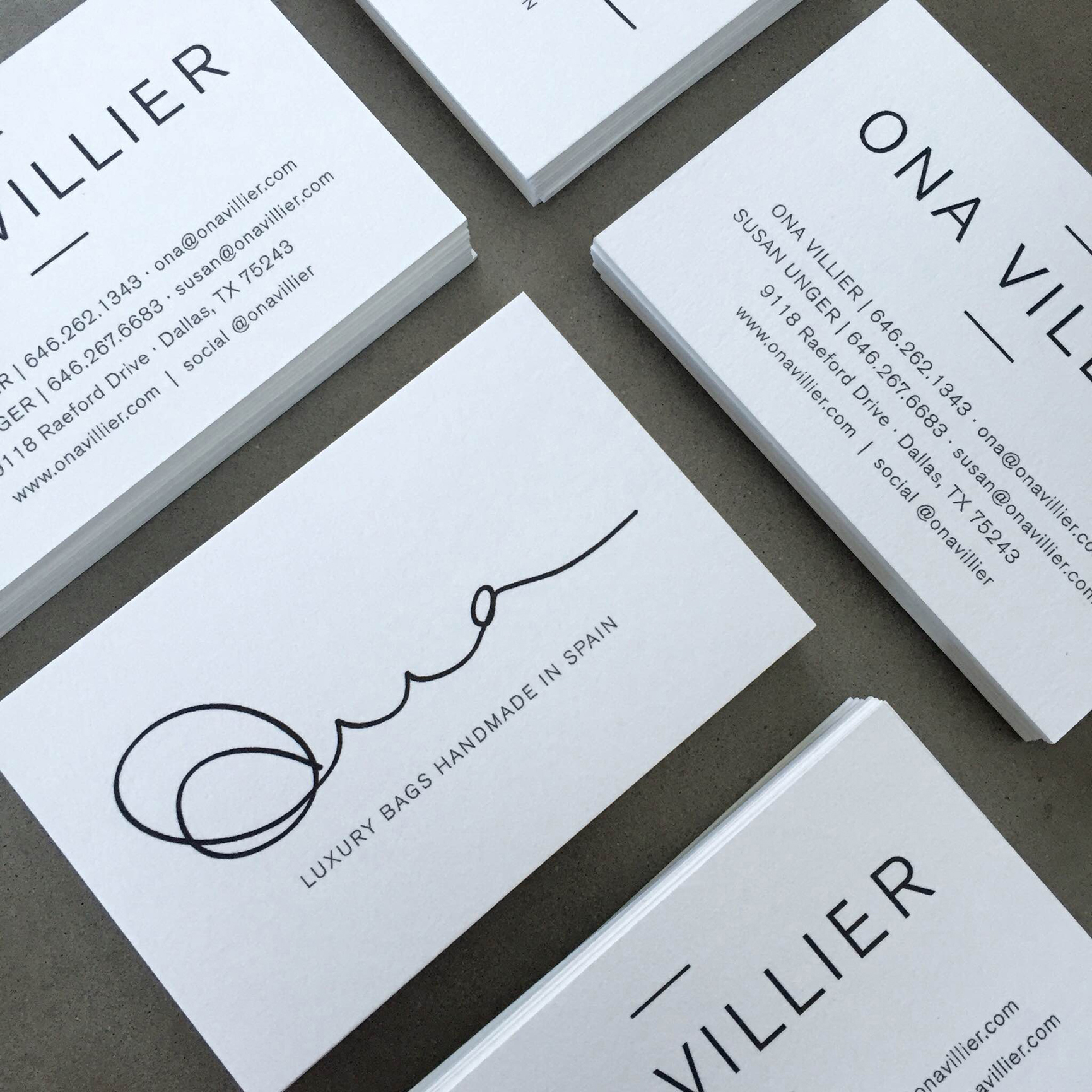

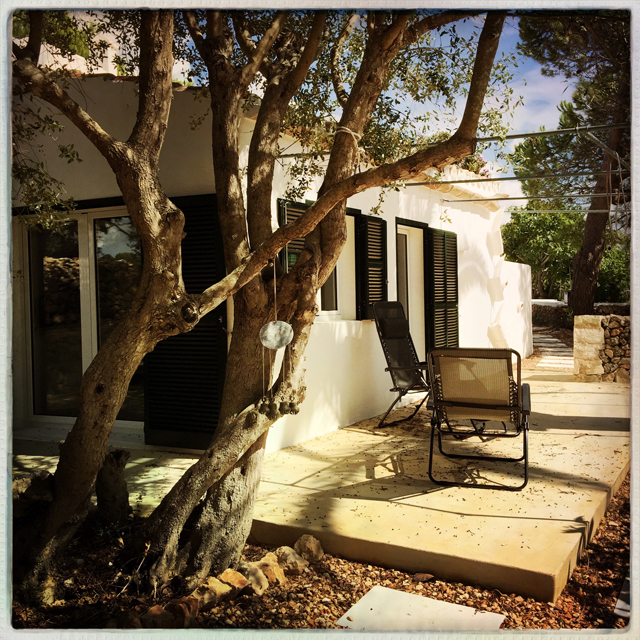
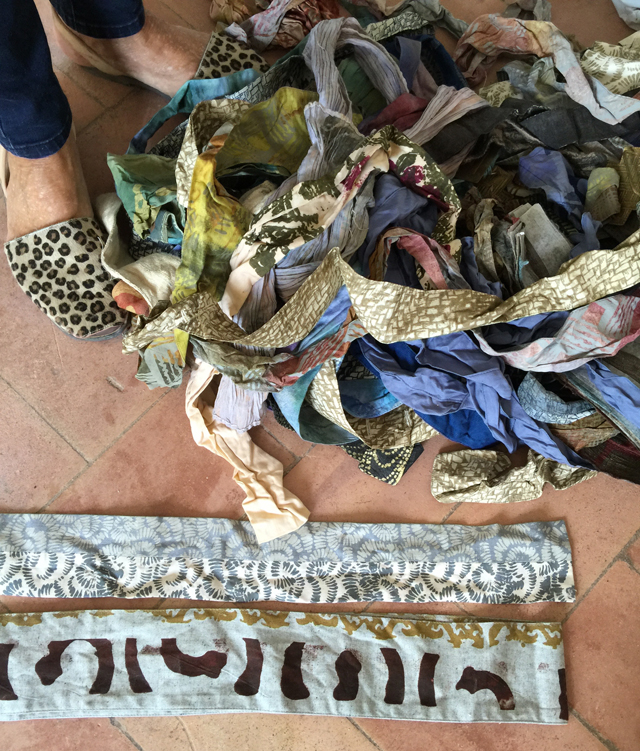
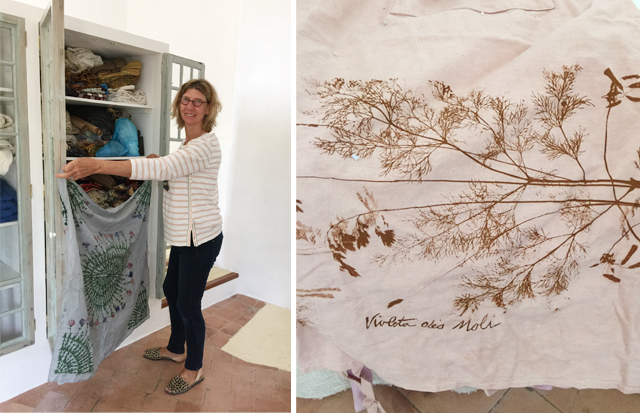
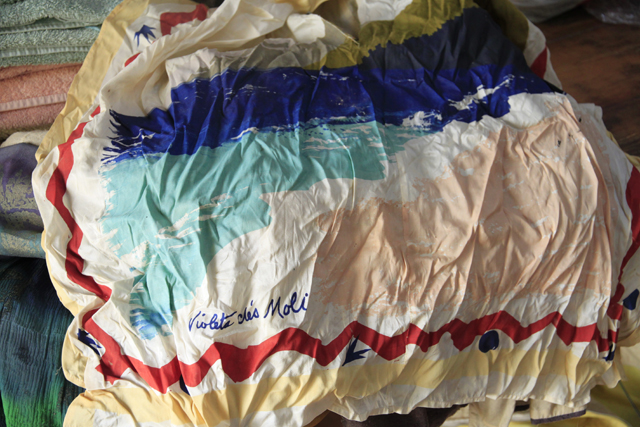
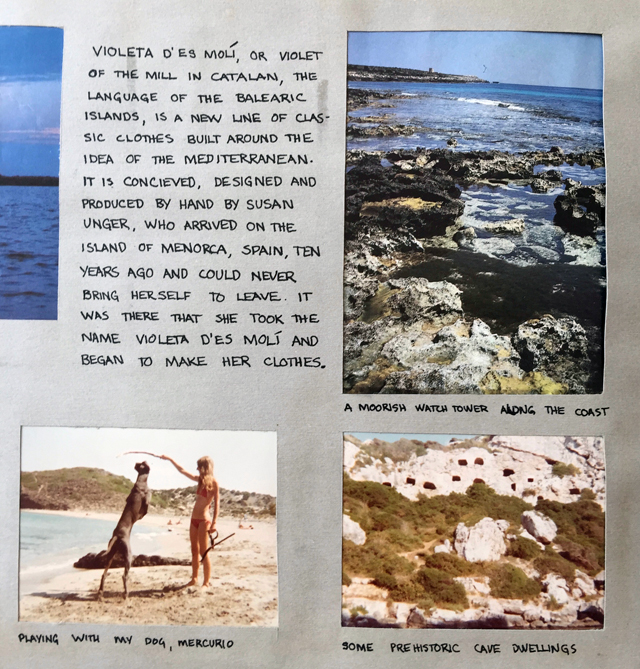
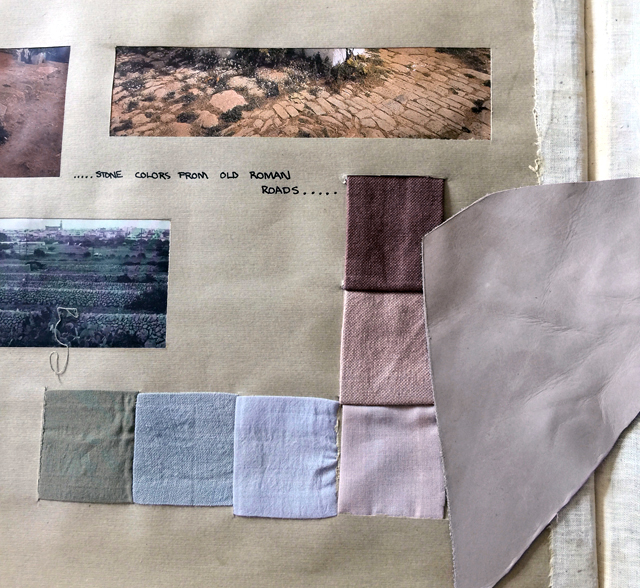
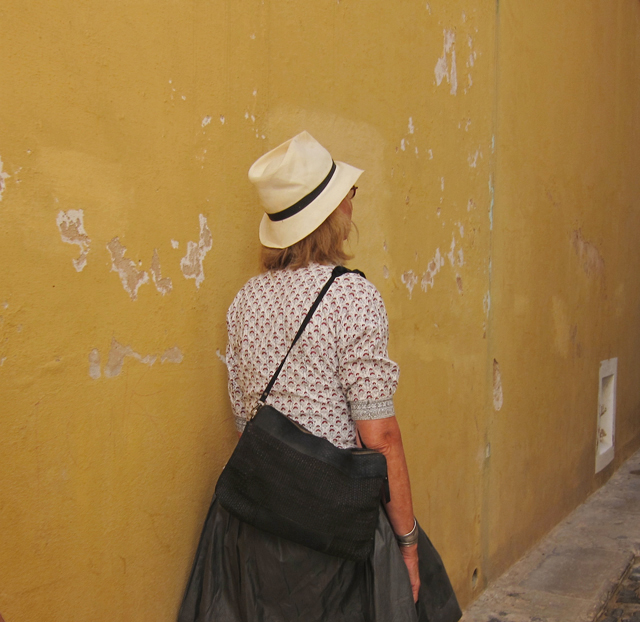
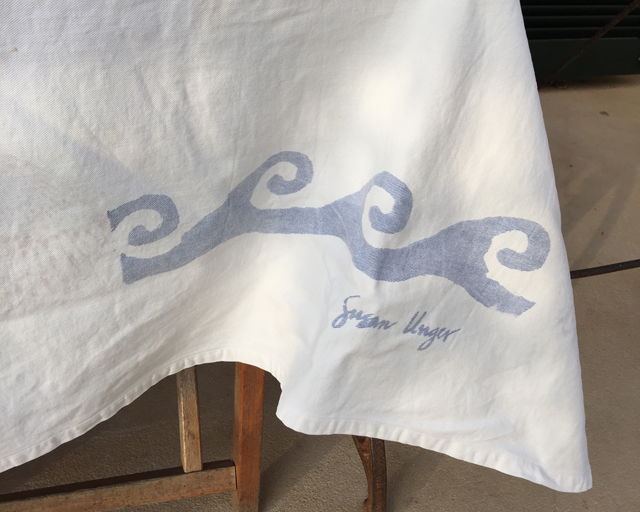
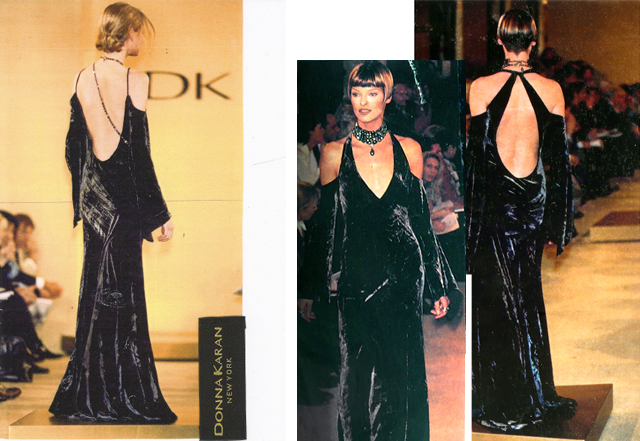
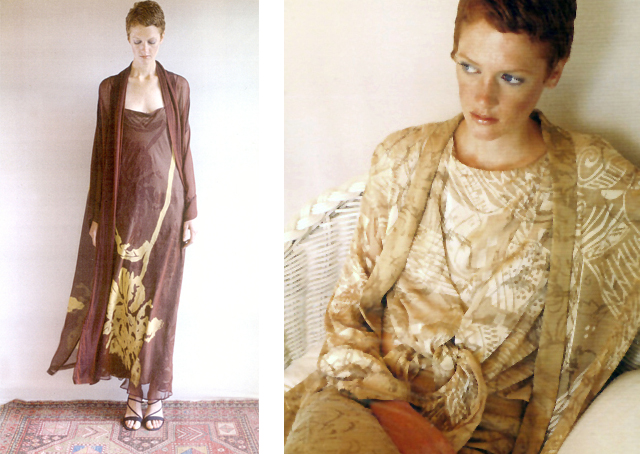
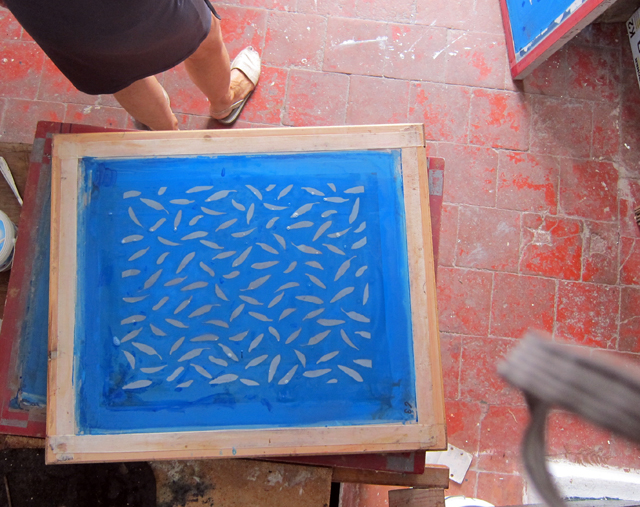
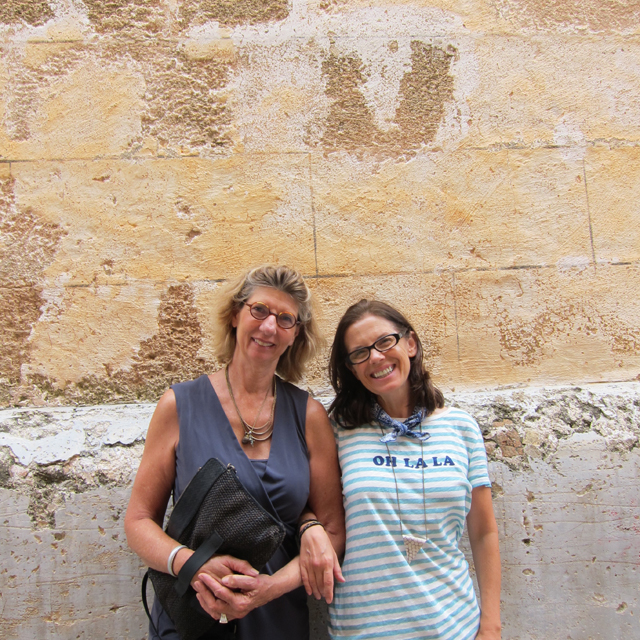
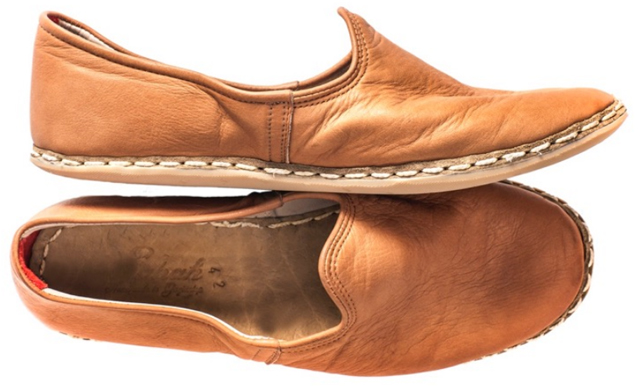
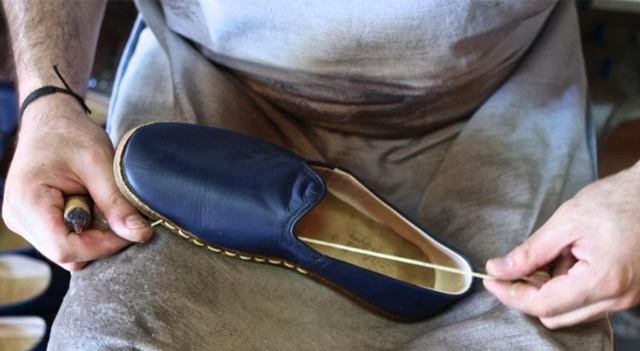
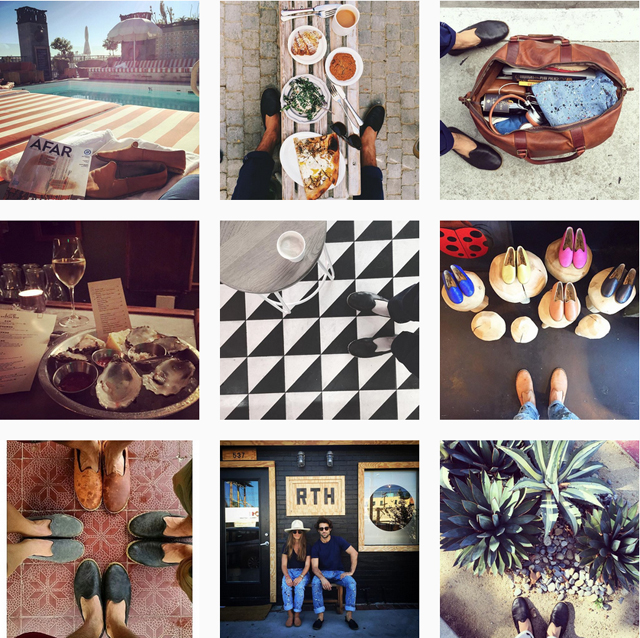
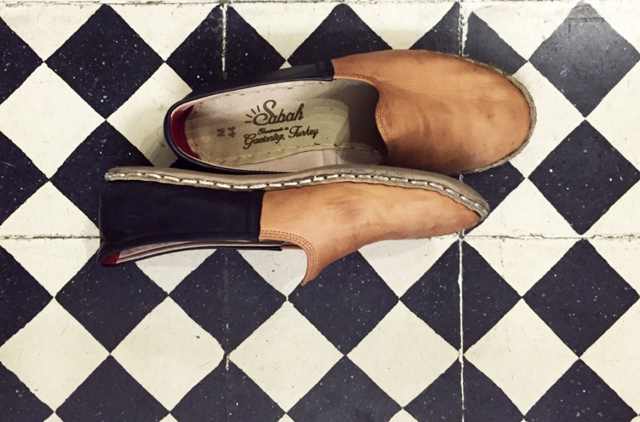
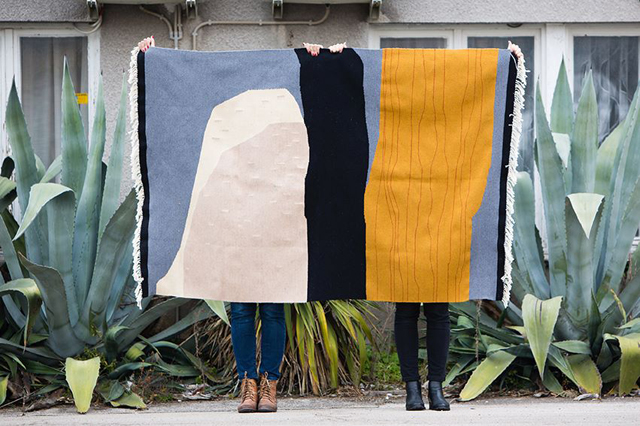
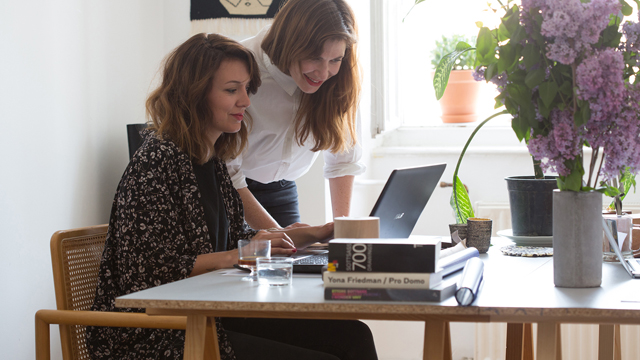
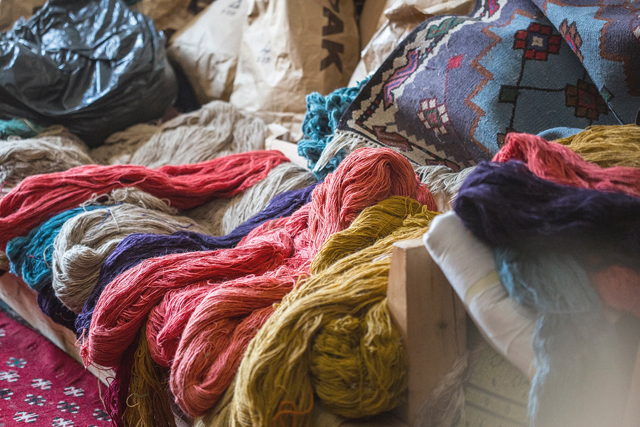
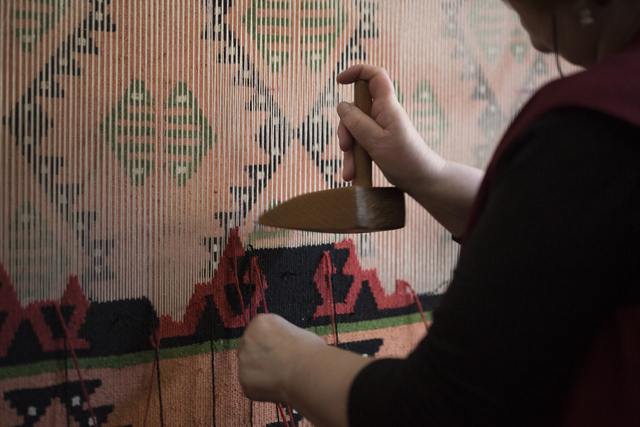
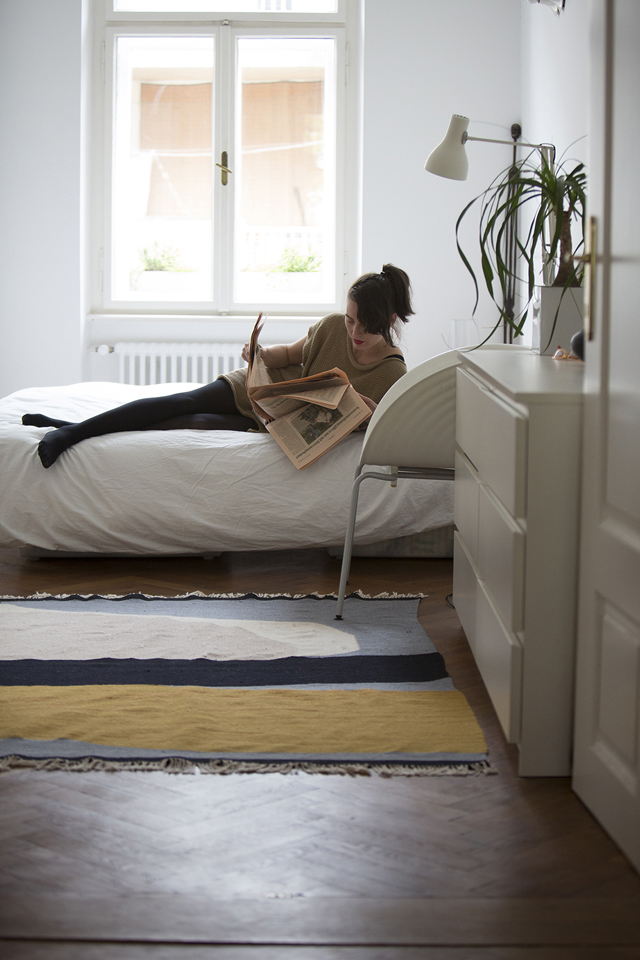
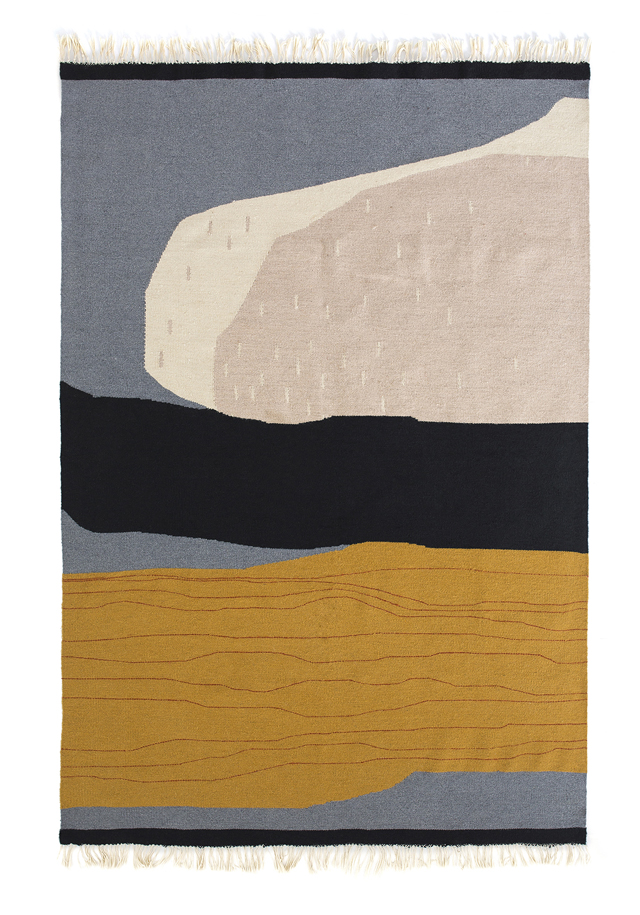
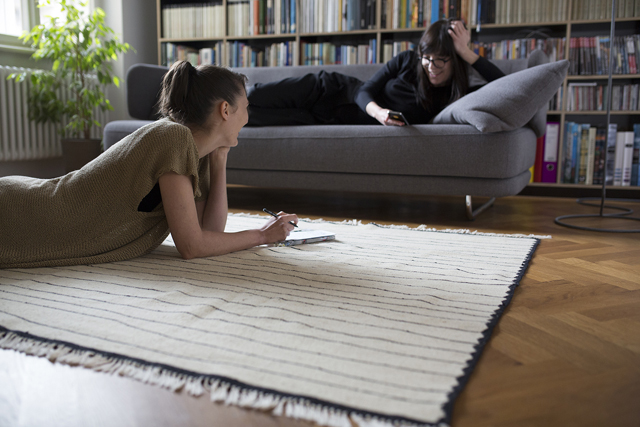
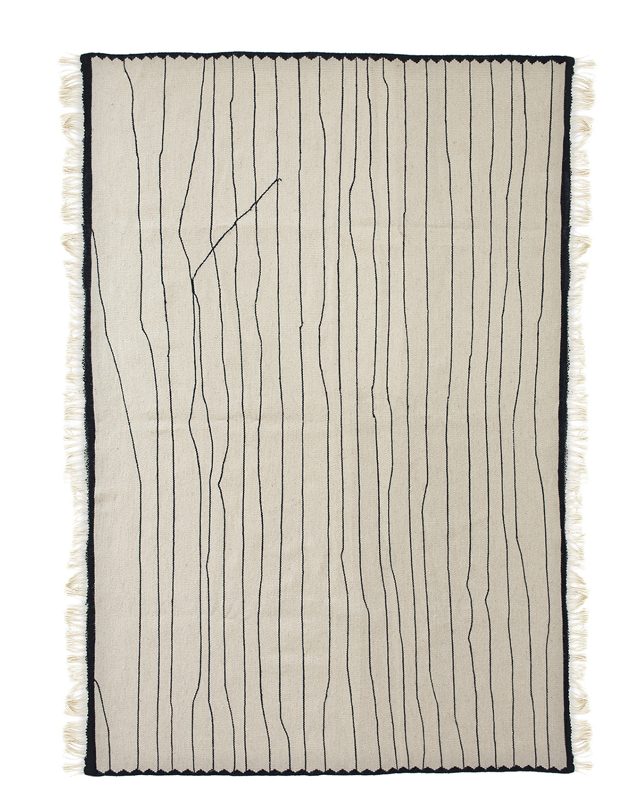
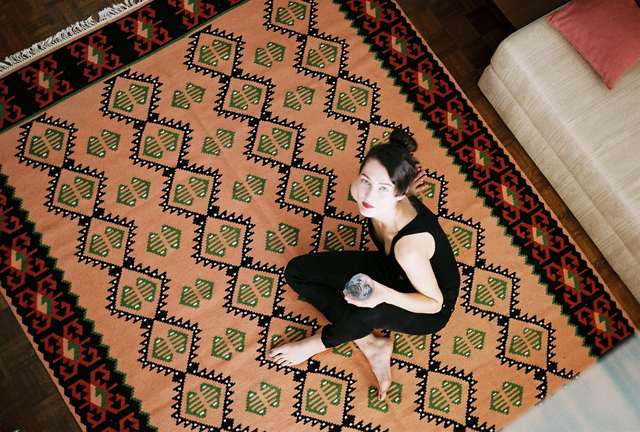
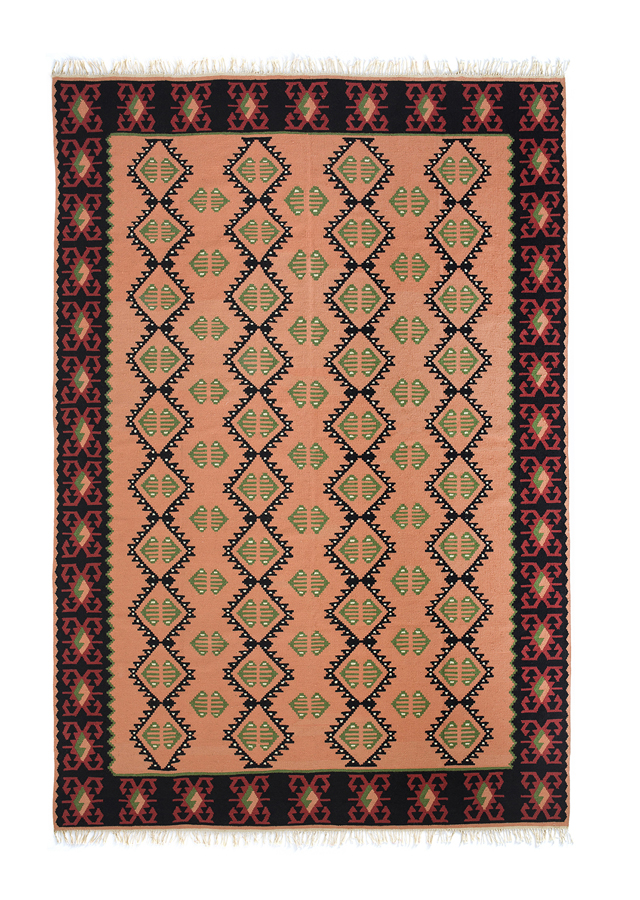 The weavers use exclusively local wool, which is renowned for its superior quality. Wool is a remarkable material, as its thermo-regulating properties allow it to keep one warm in the winter and cool in the heat.
The weavers use exclusively local wool, which is renowned for its superior quality. Wool is a remarkable material, as its thermo-regulating properties allow it to keep one warm in the winter and cool in the heat.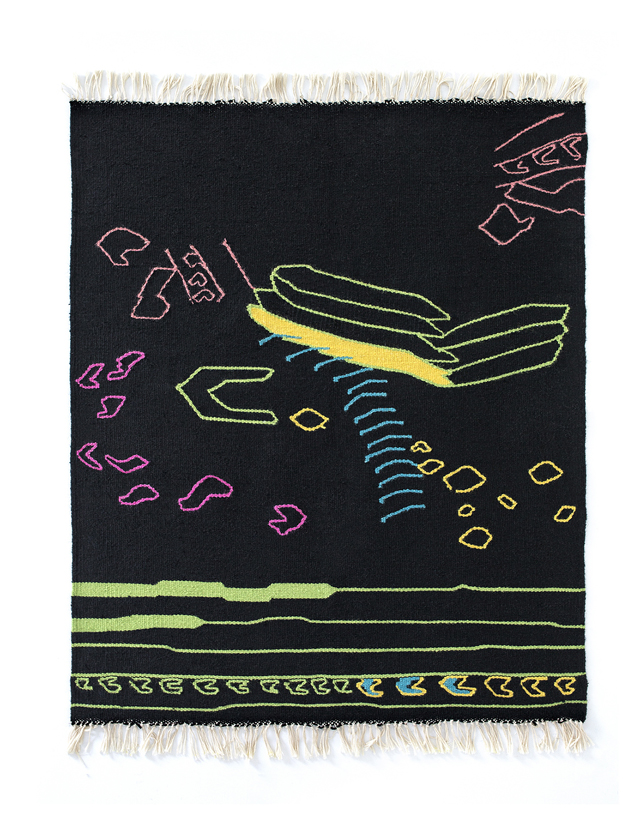
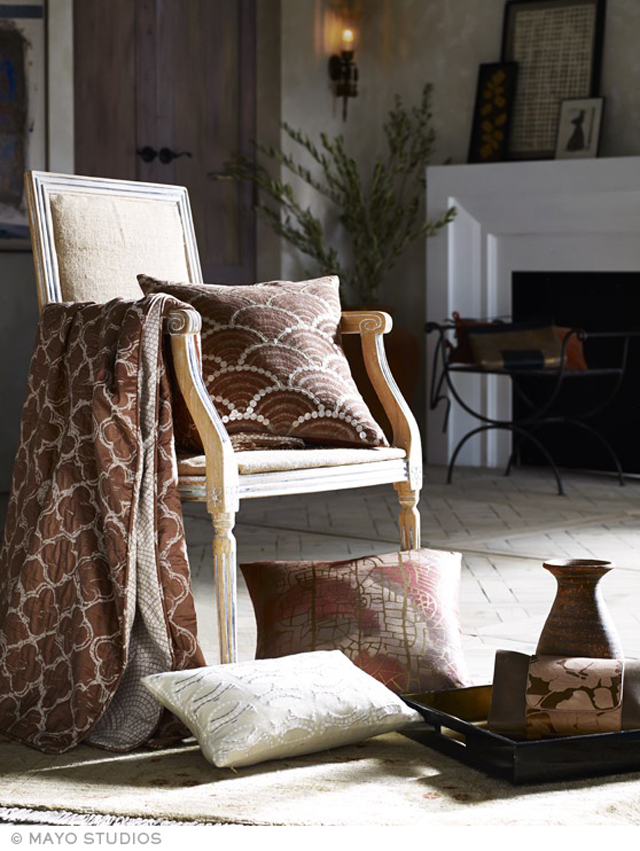
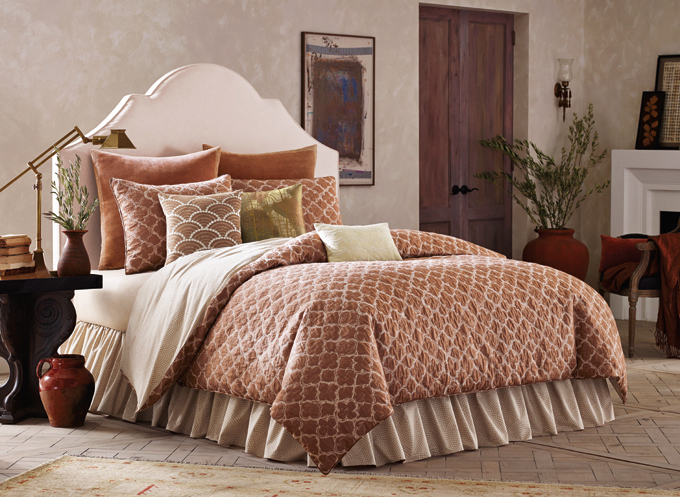
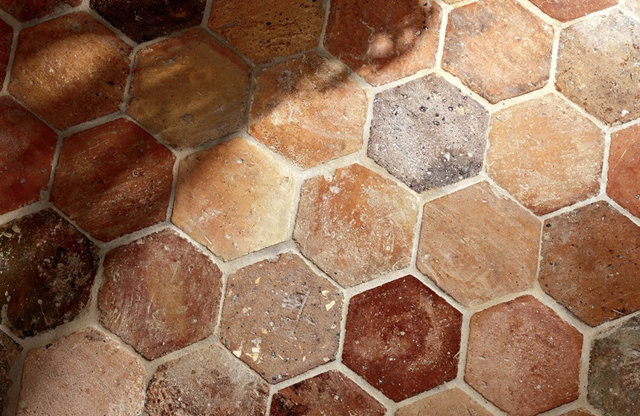
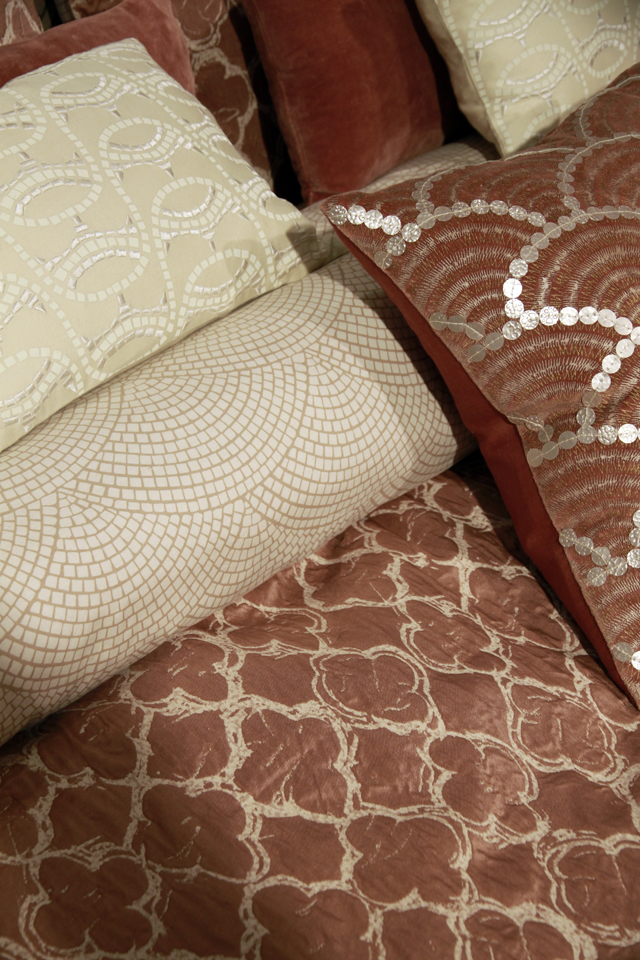
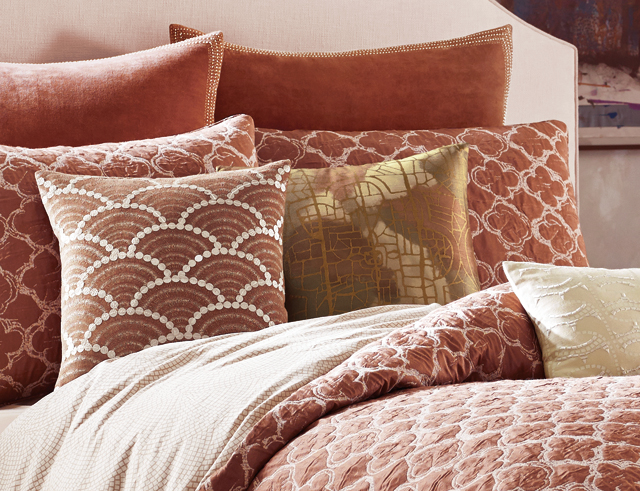
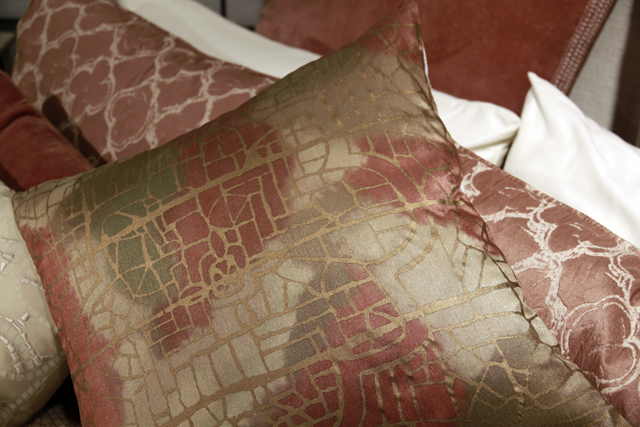
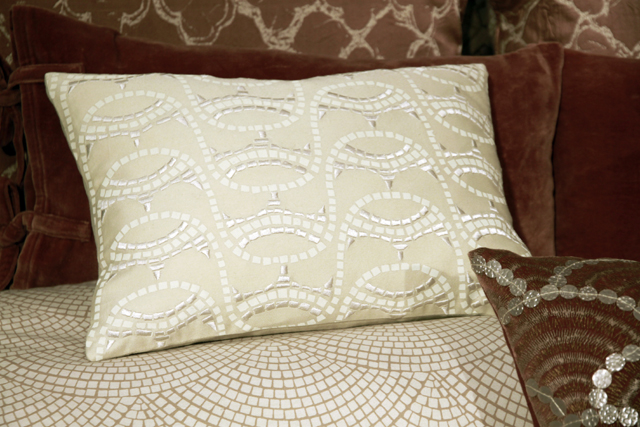
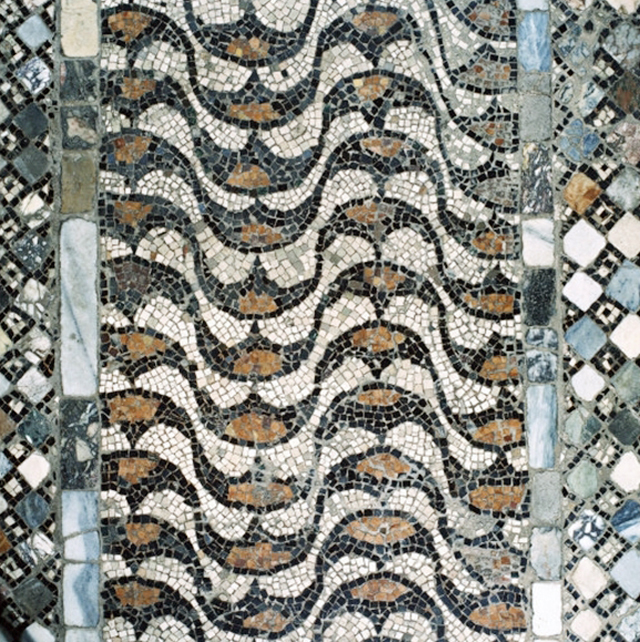
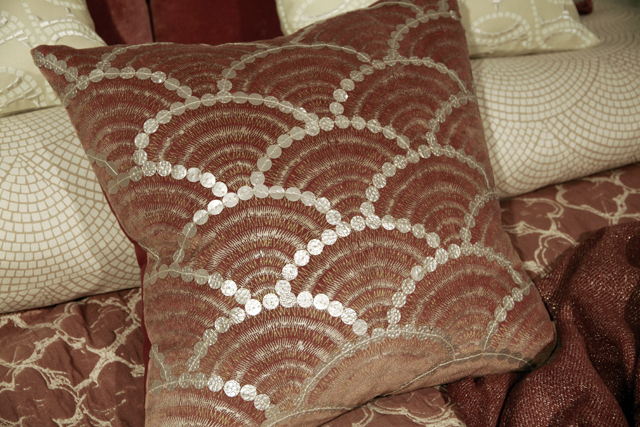
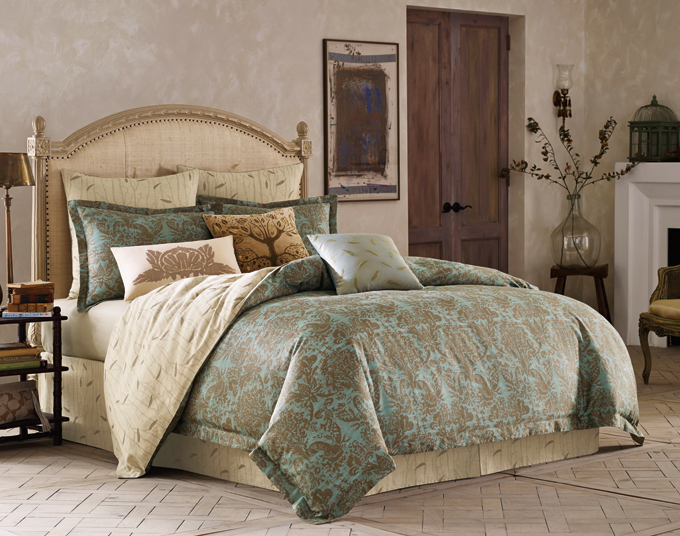
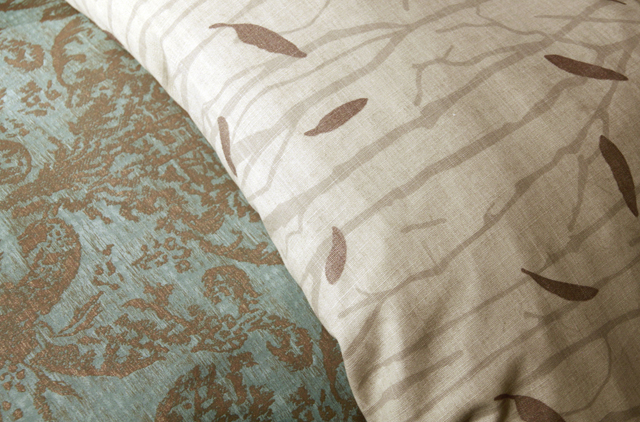
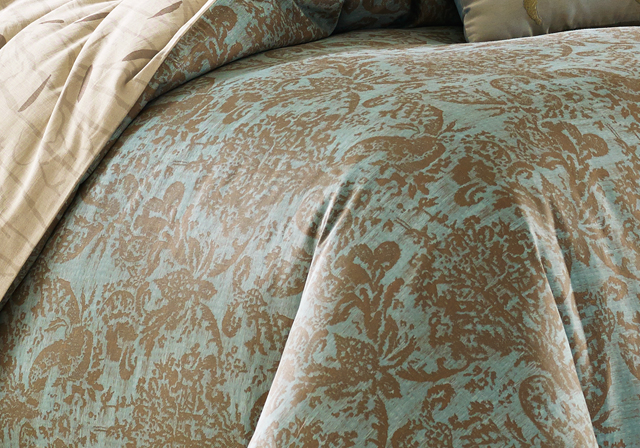
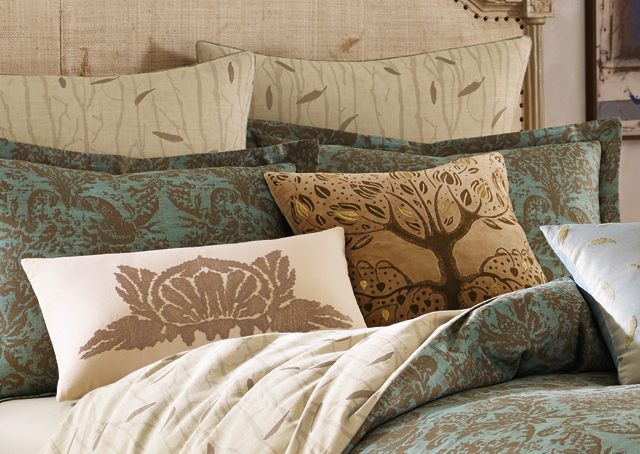
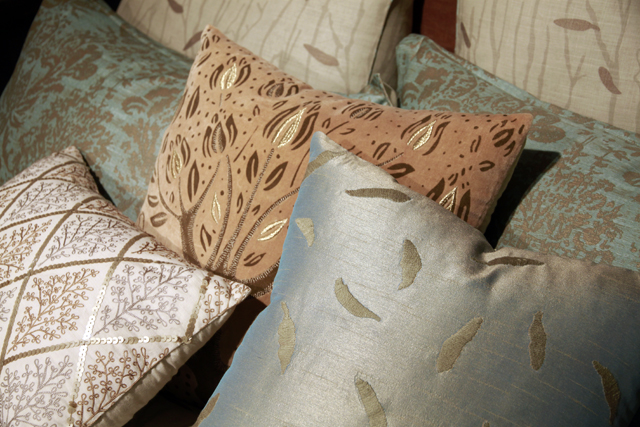
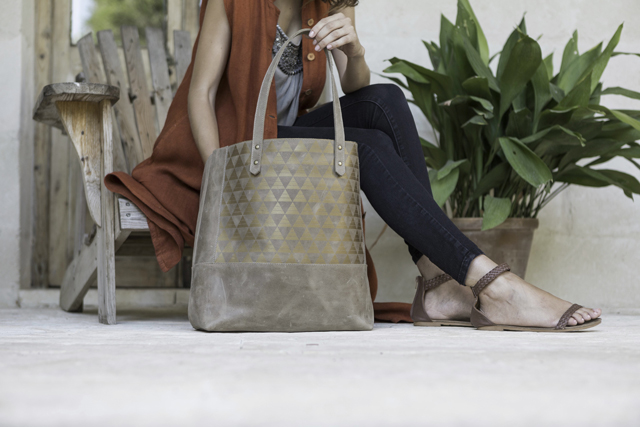
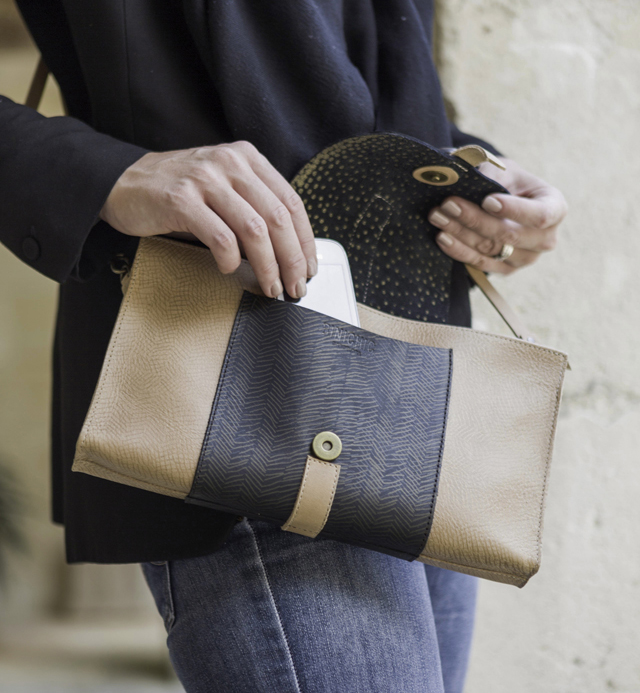
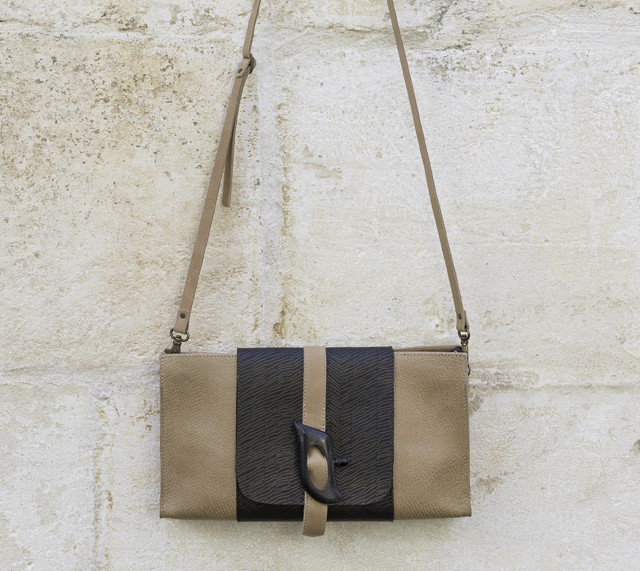
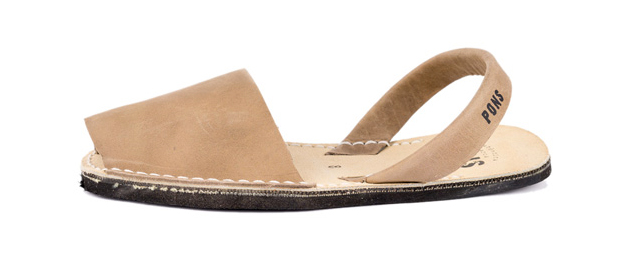
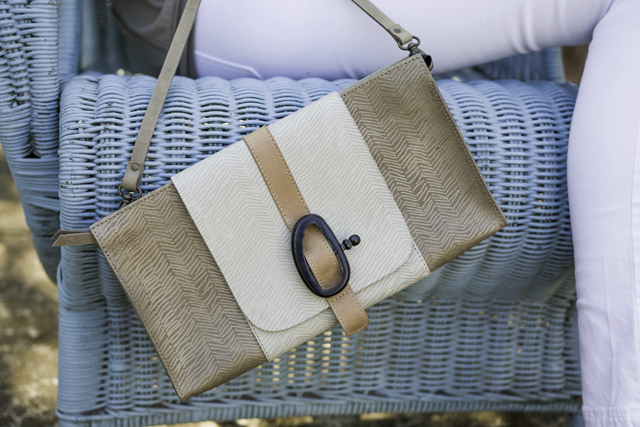
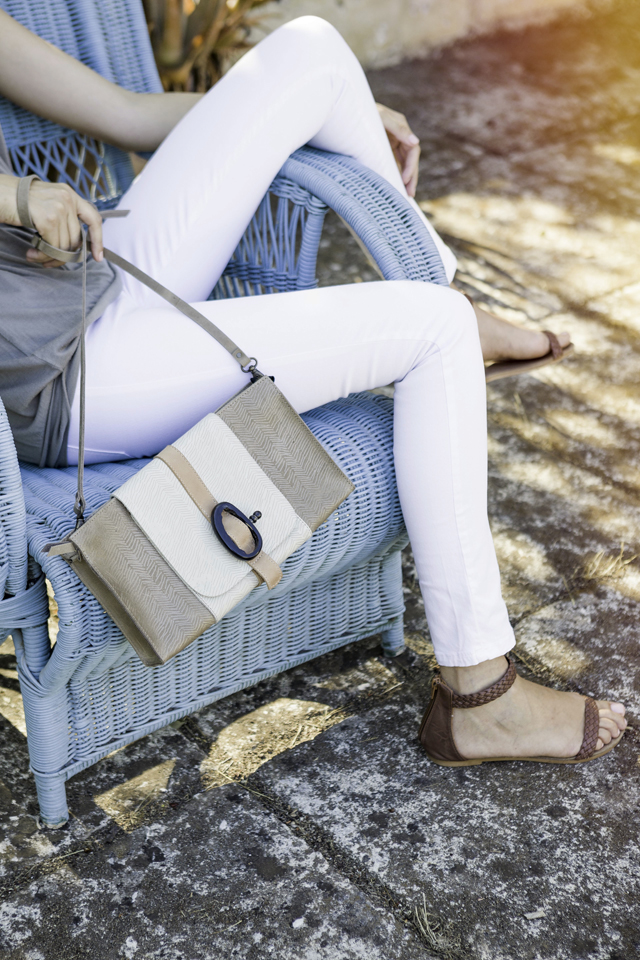
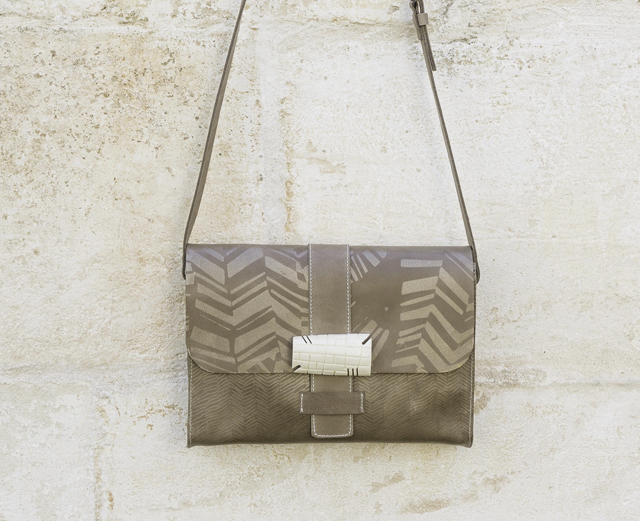
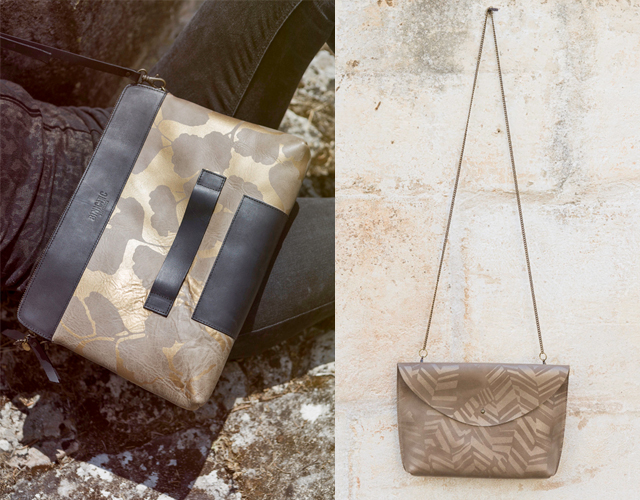
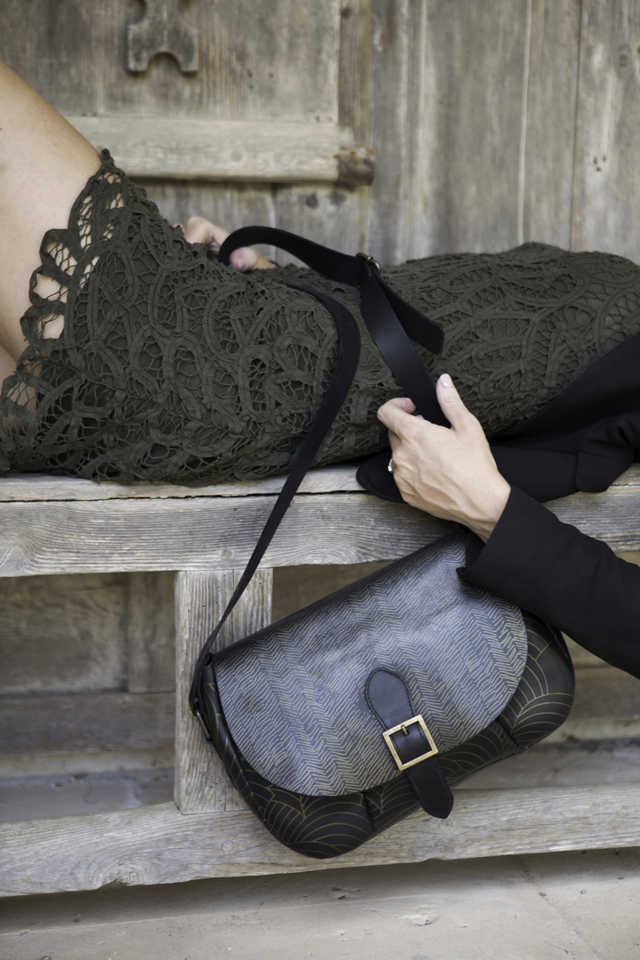
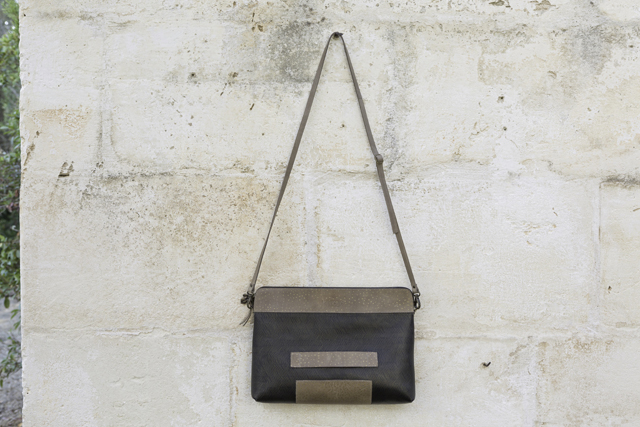
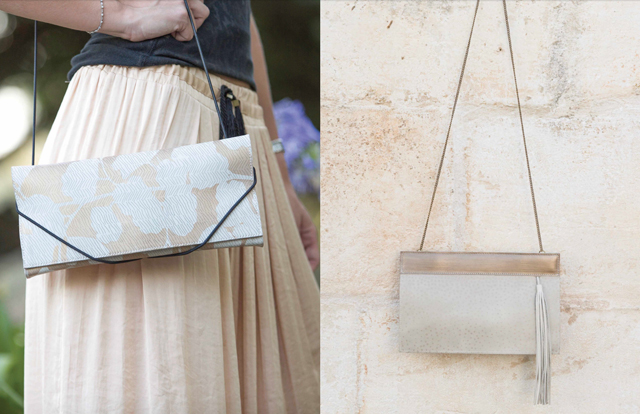
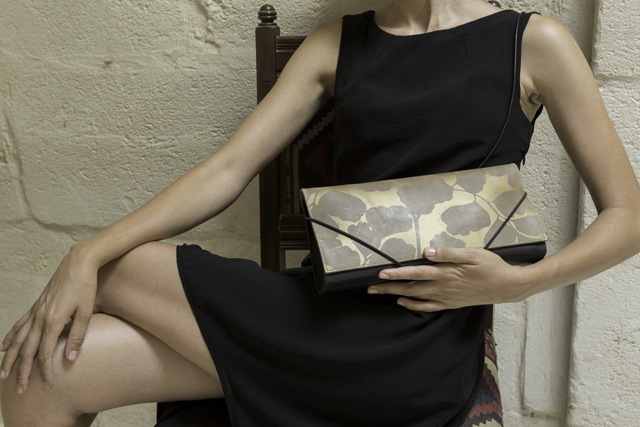
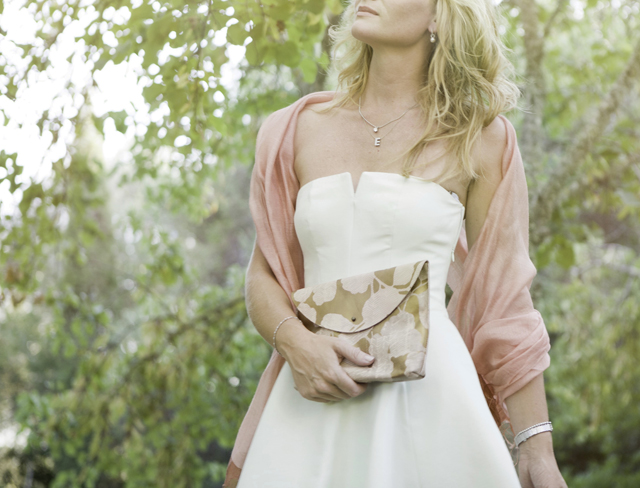
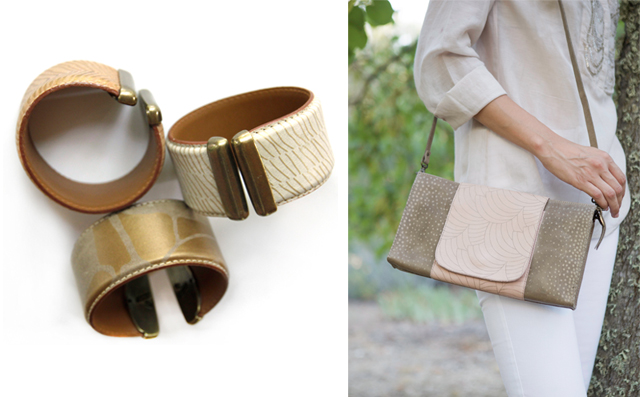
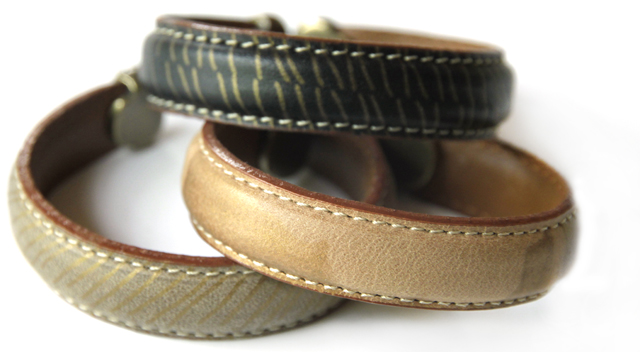
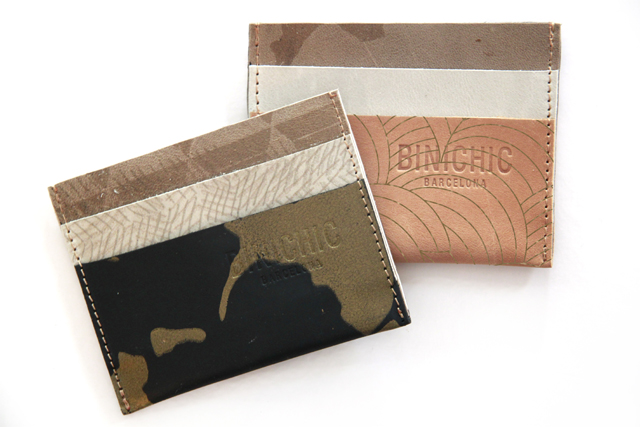
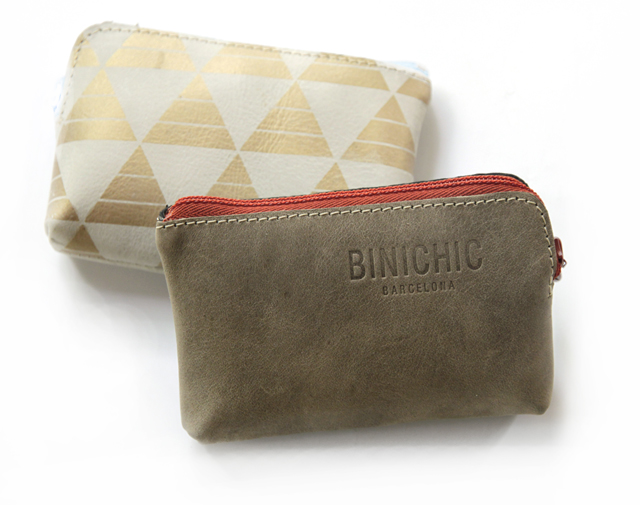
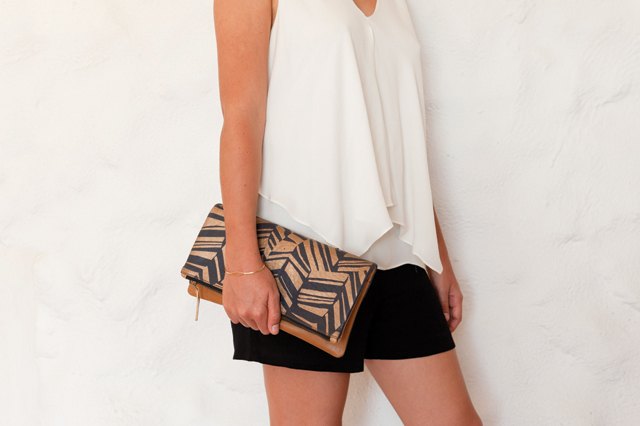
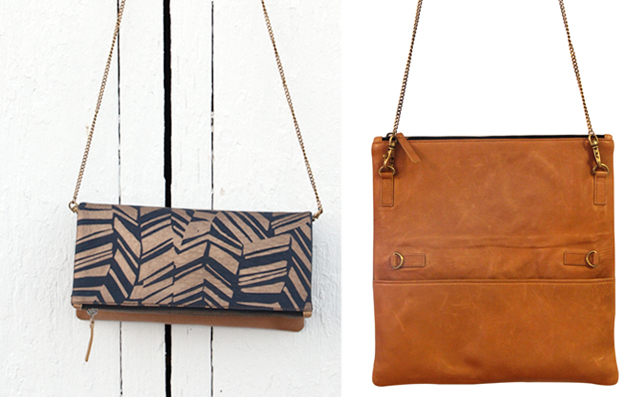
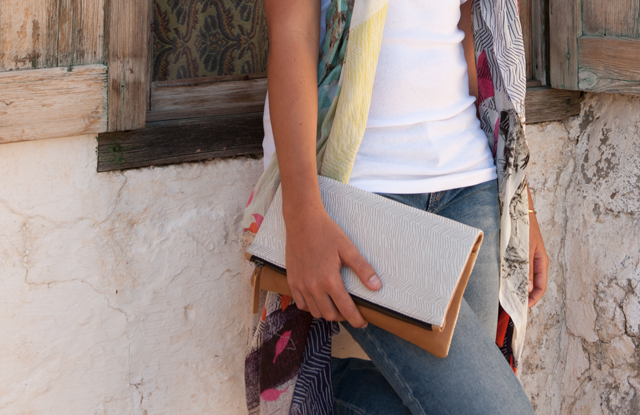
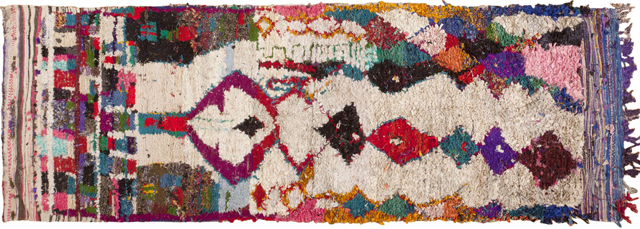
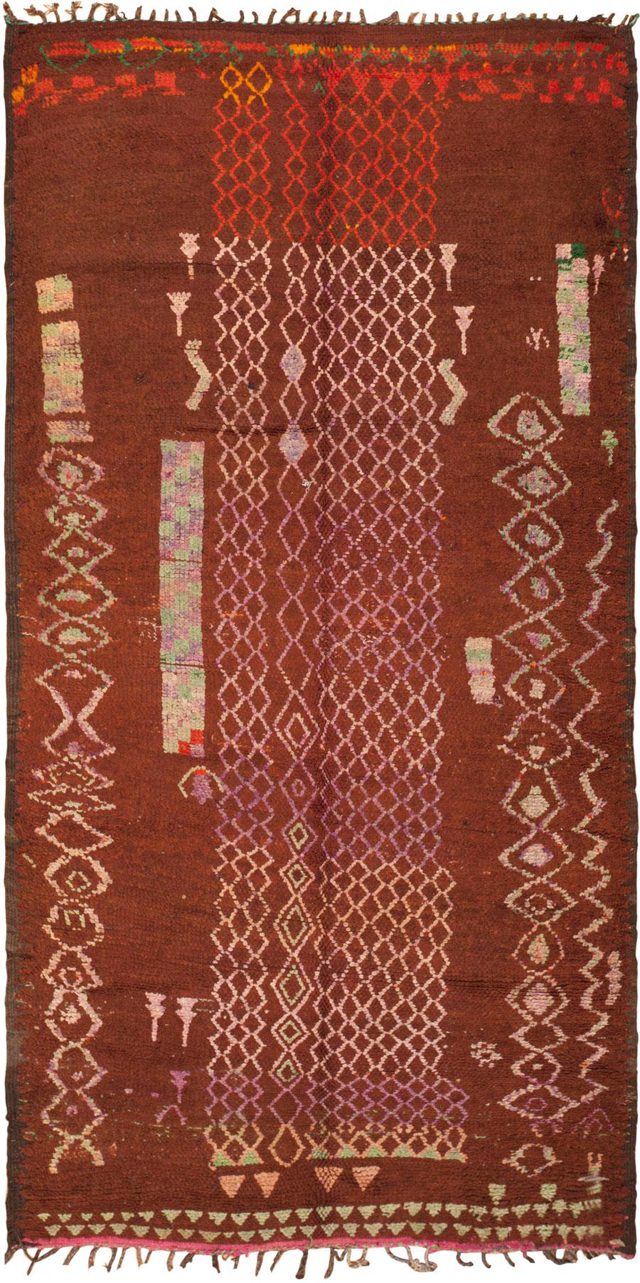
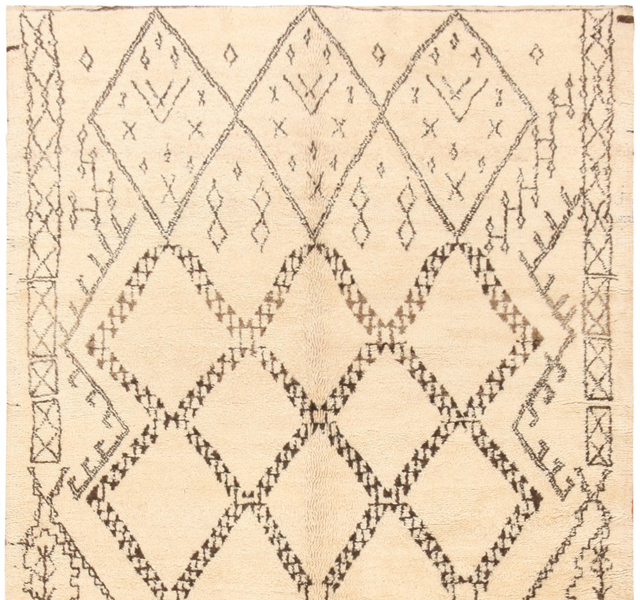
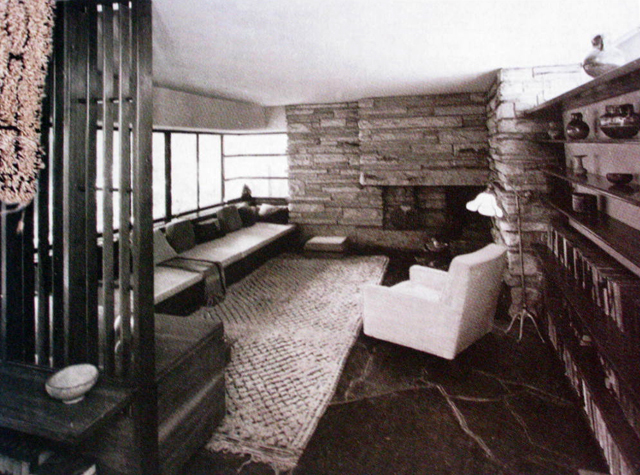
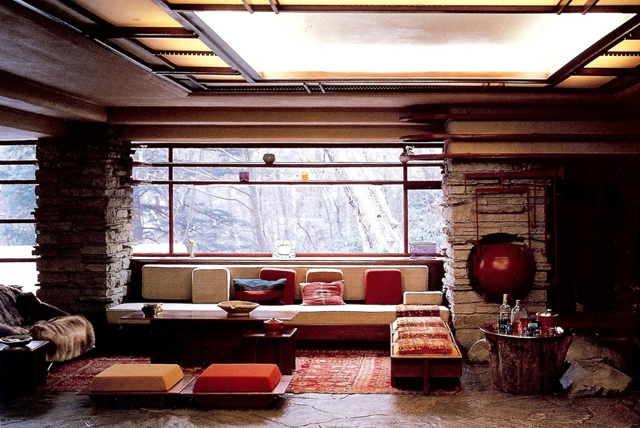
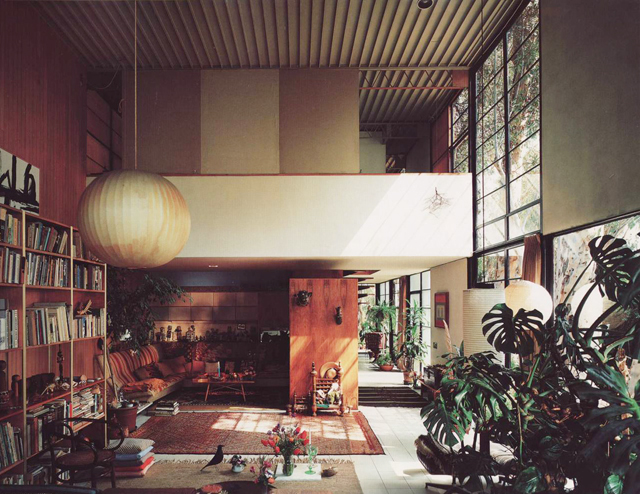 The Moroccan rug featured in the Eames’ Pacific Palisades home studio provided a warm interior
to a structure made mostly of glass and steel.
The Moroccan rug featured in the Eames’ Pacific Palisades home studio provided a warm interior
to a structure made mostly of glass and steel. 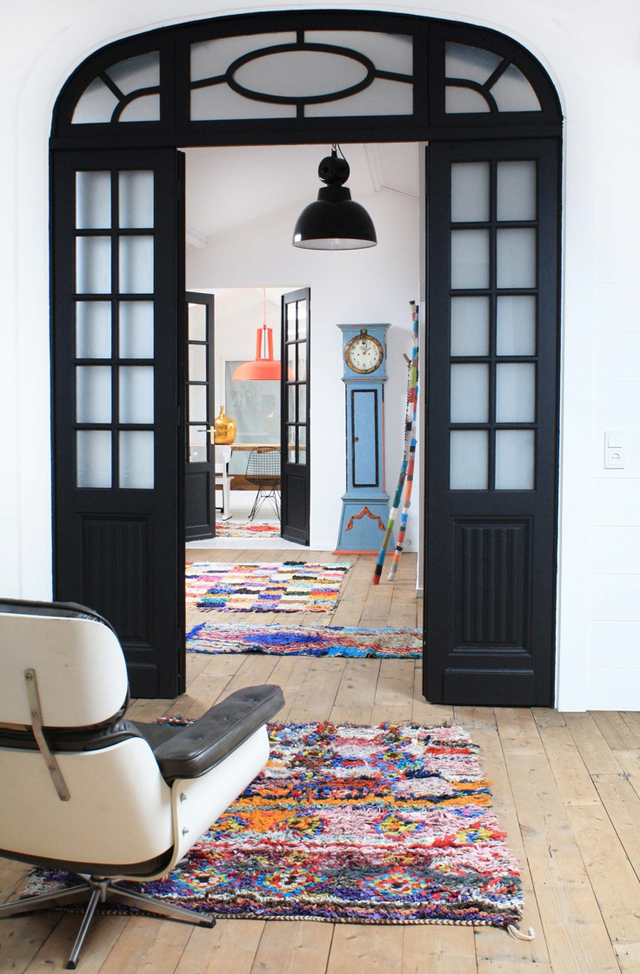
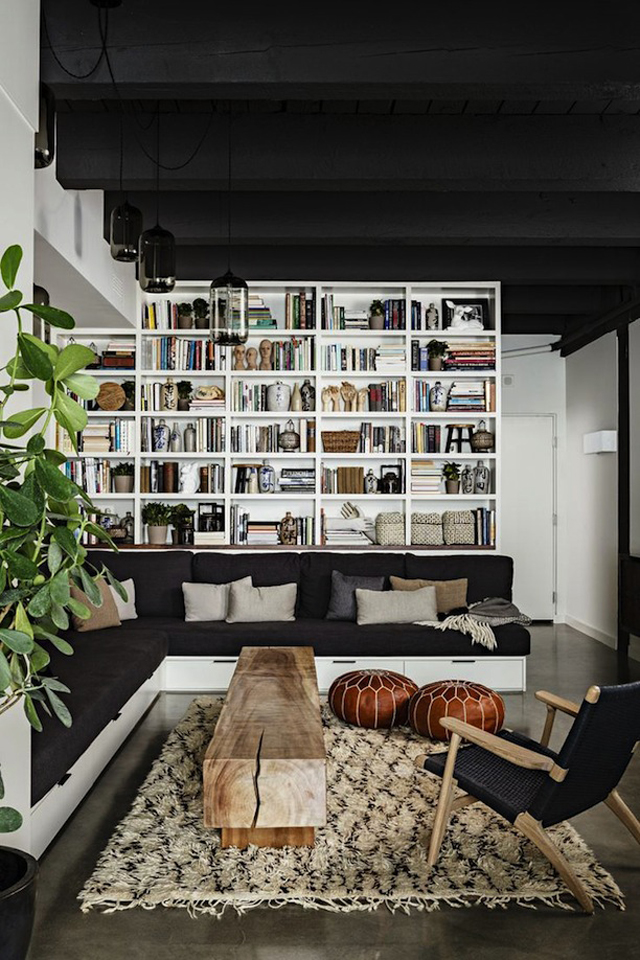
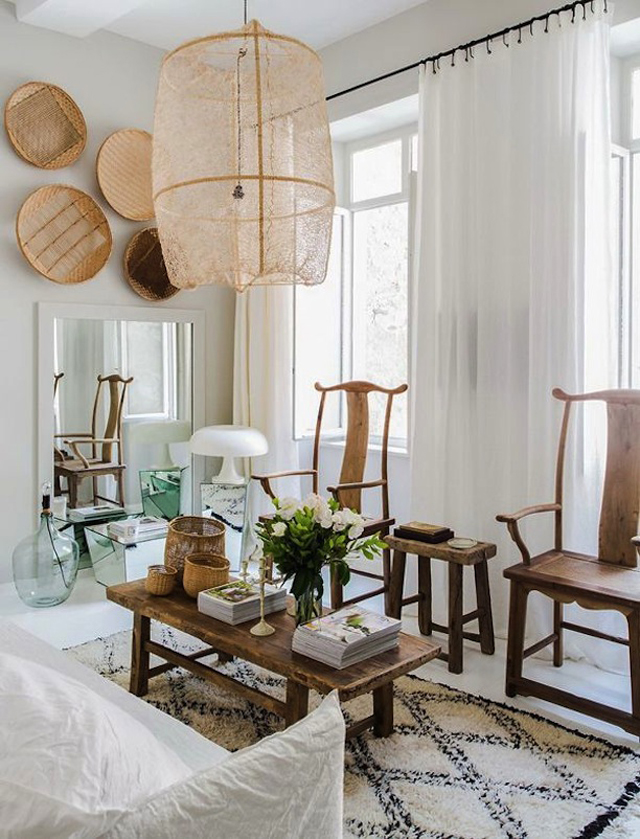
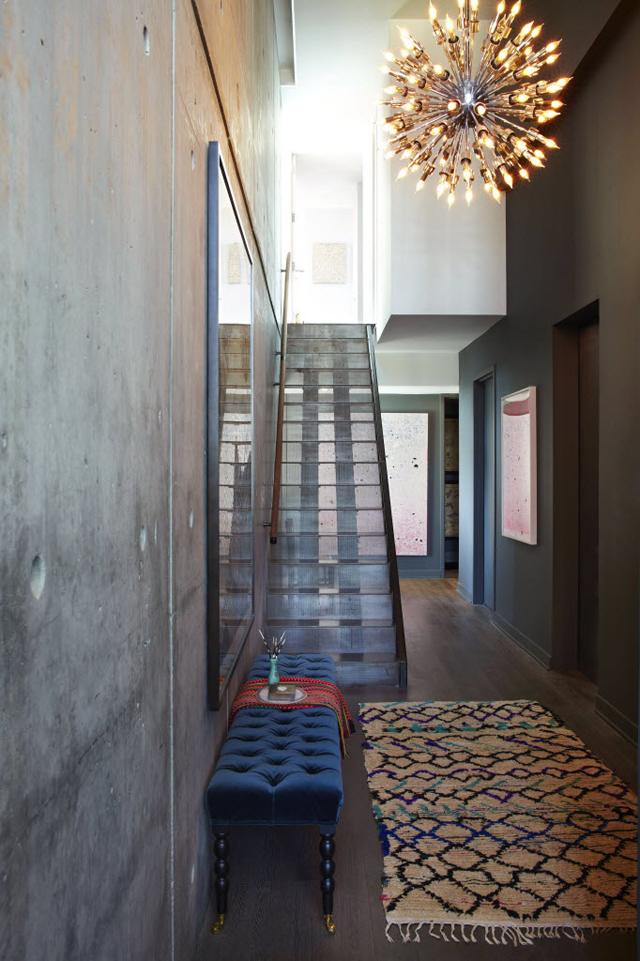
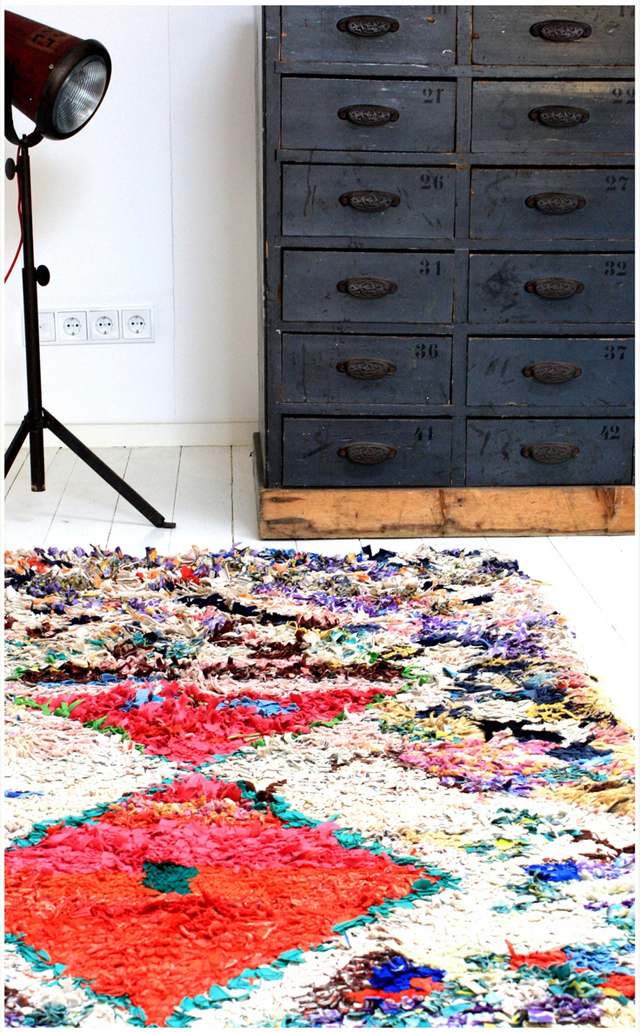
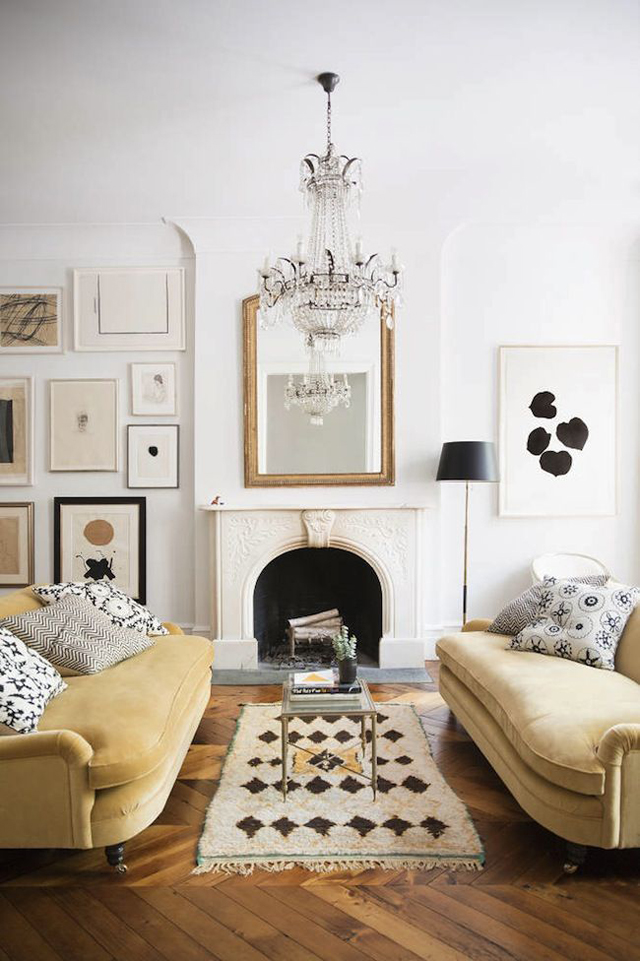
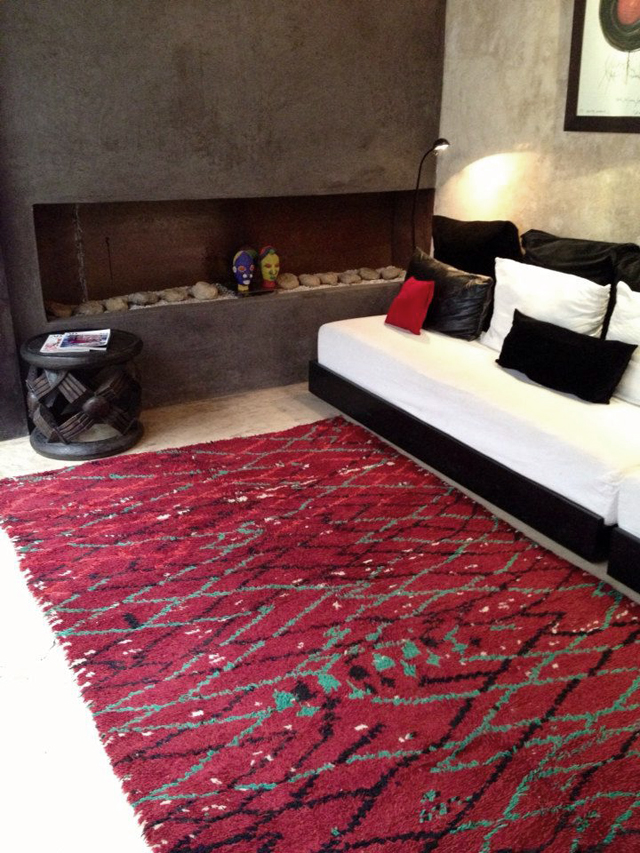
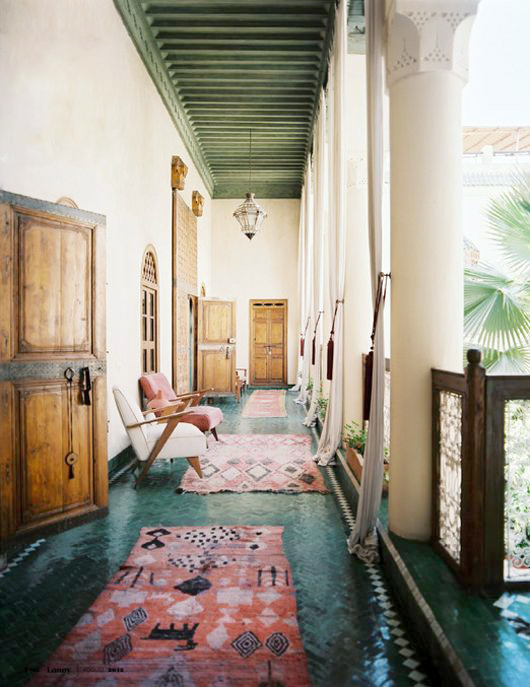 Sources:
Sources: 